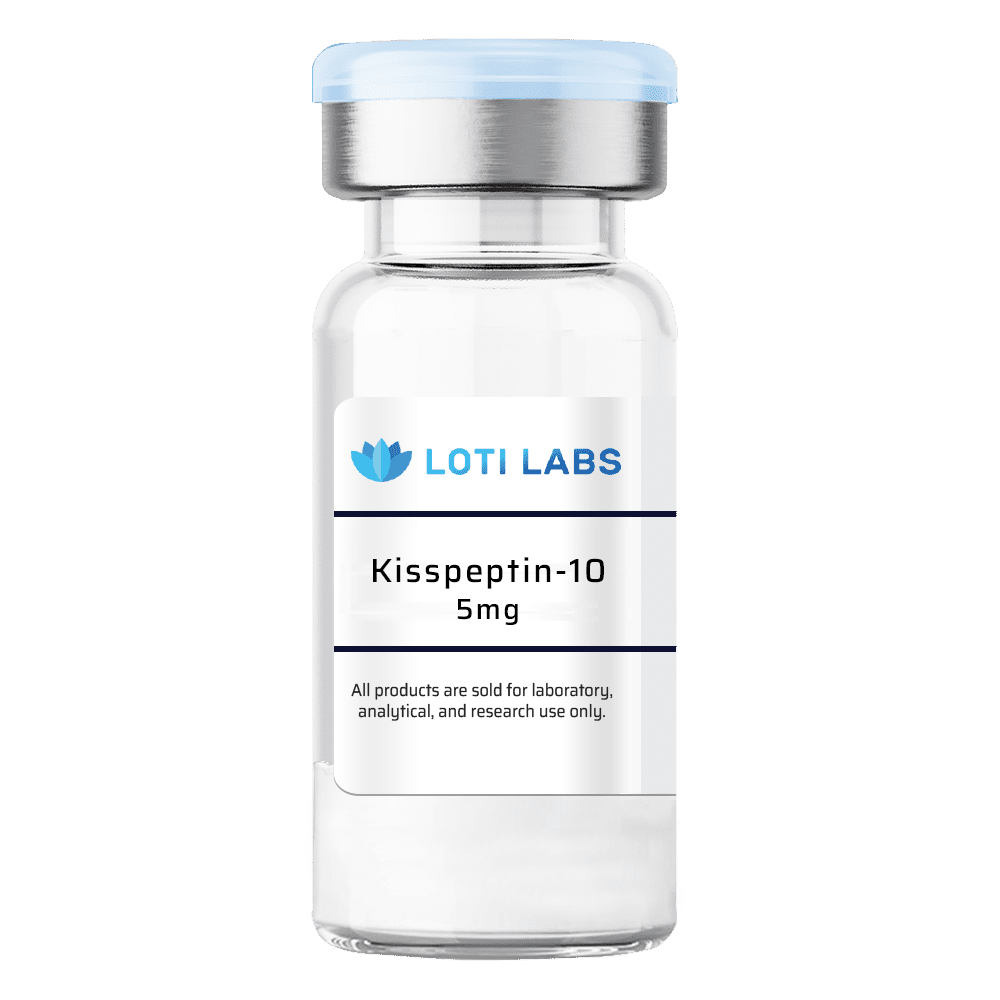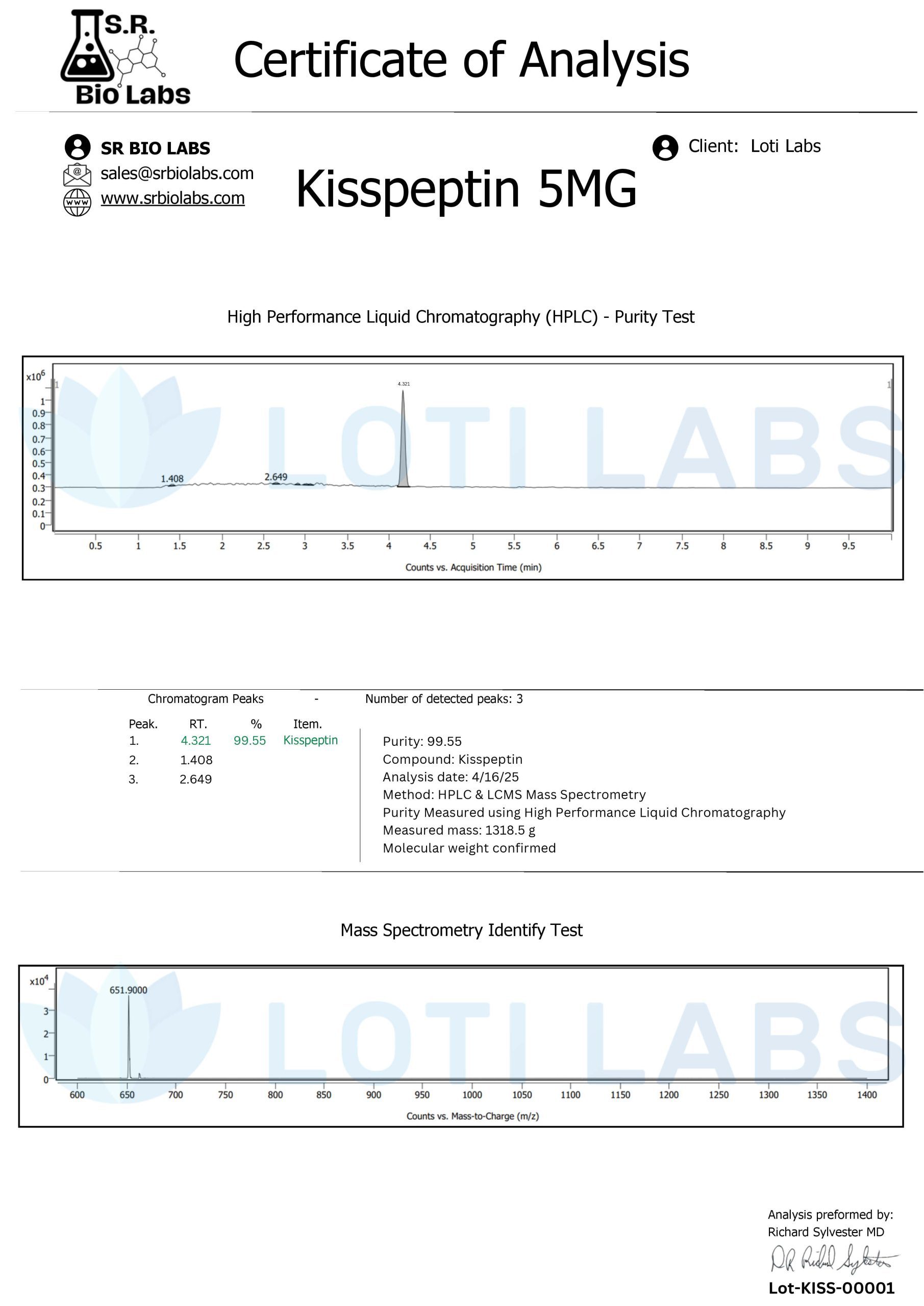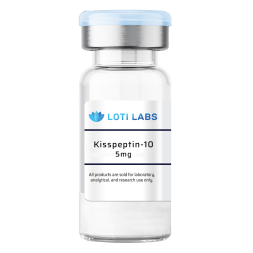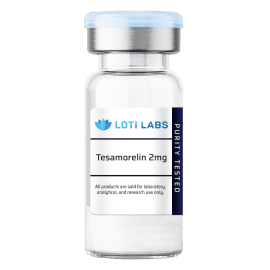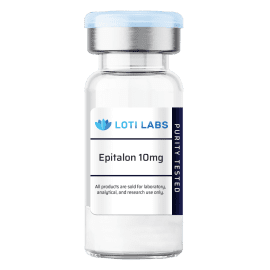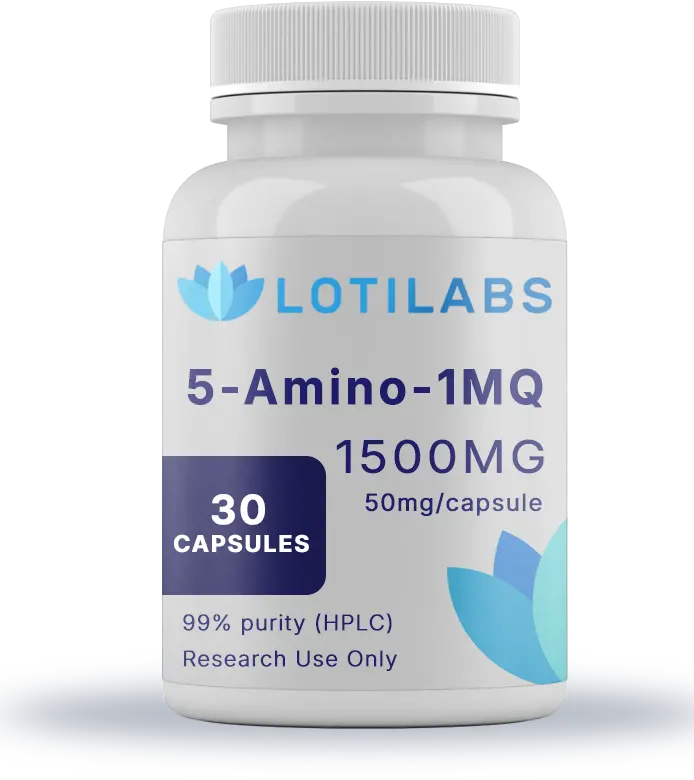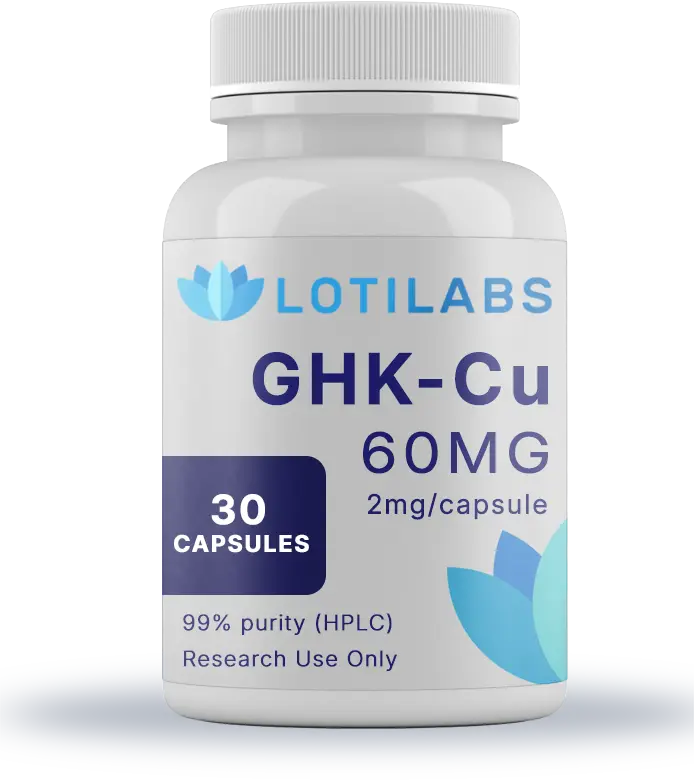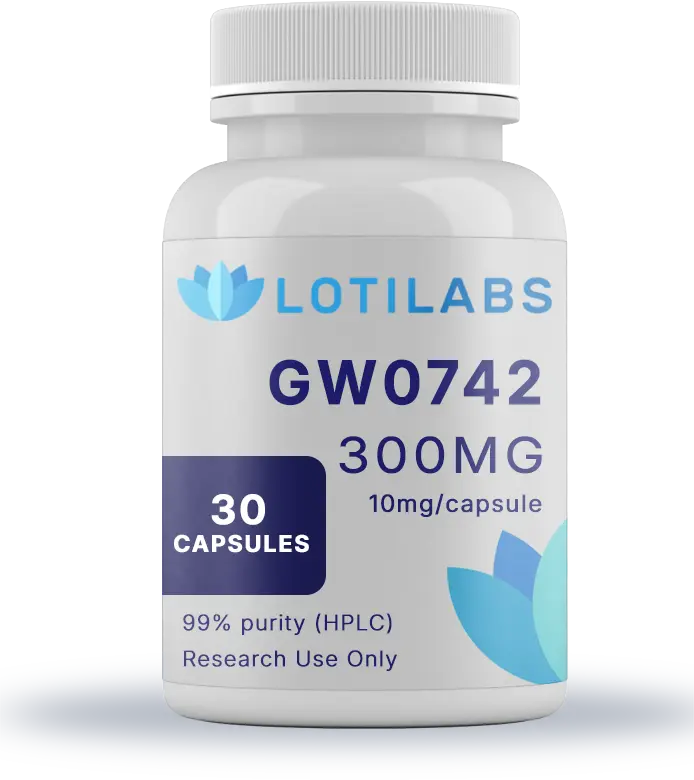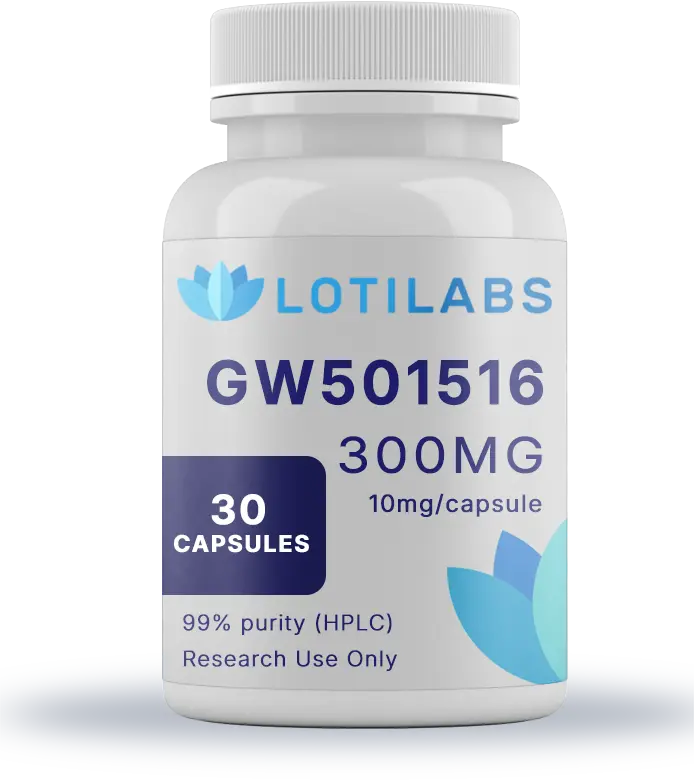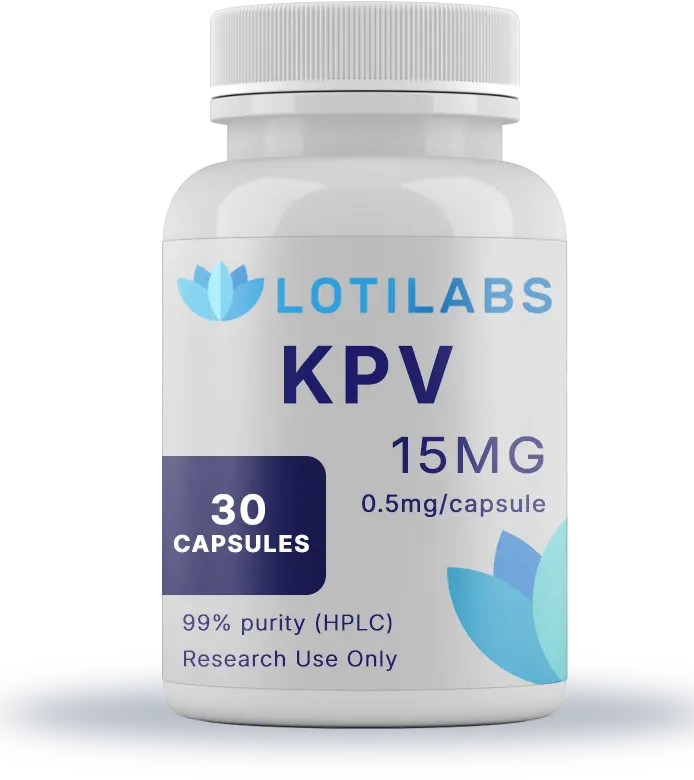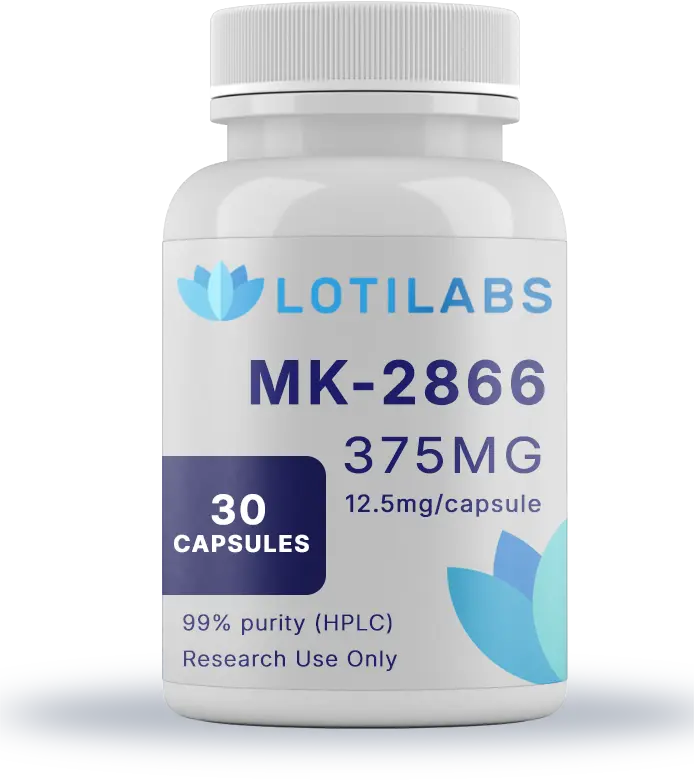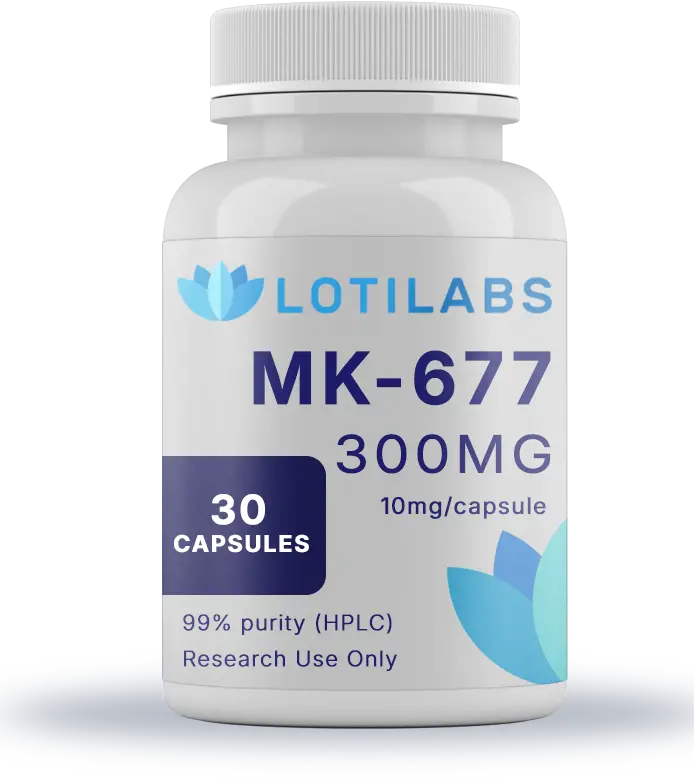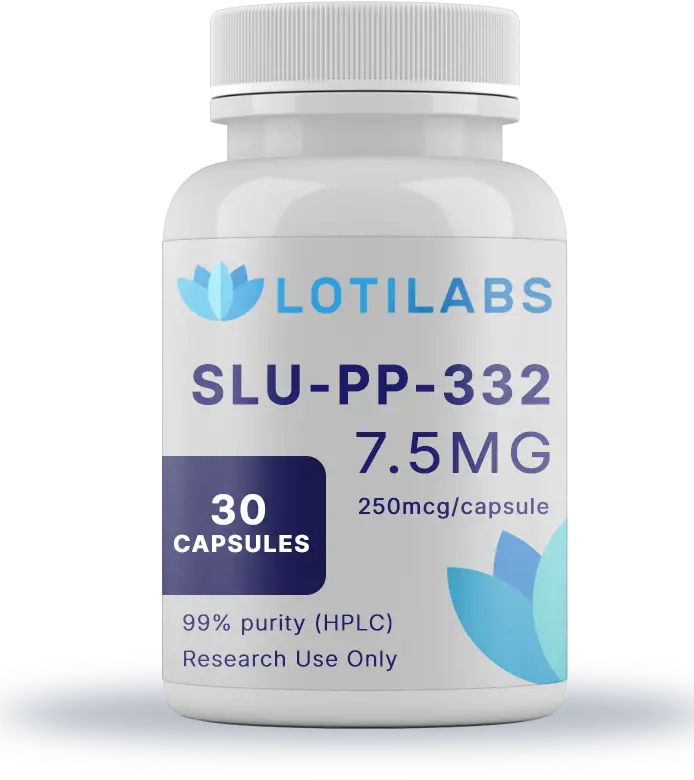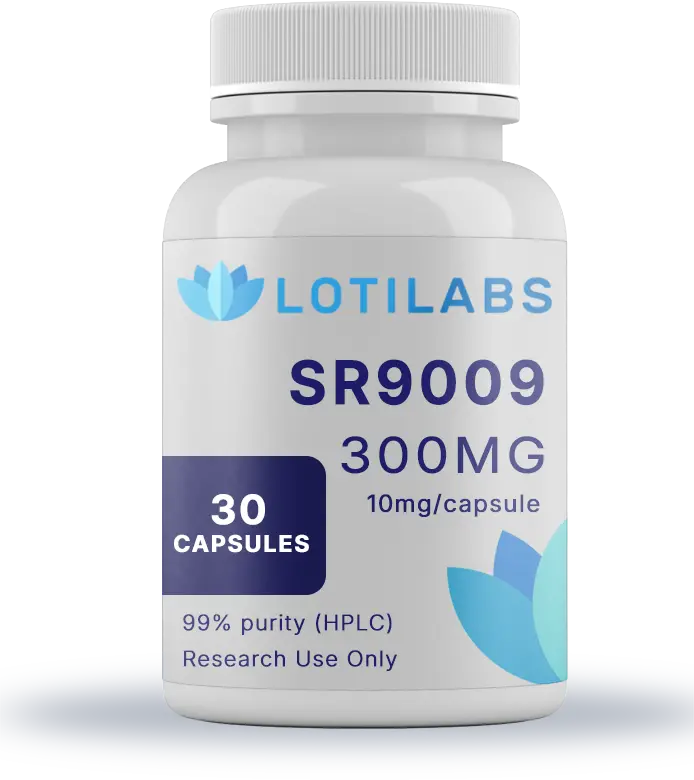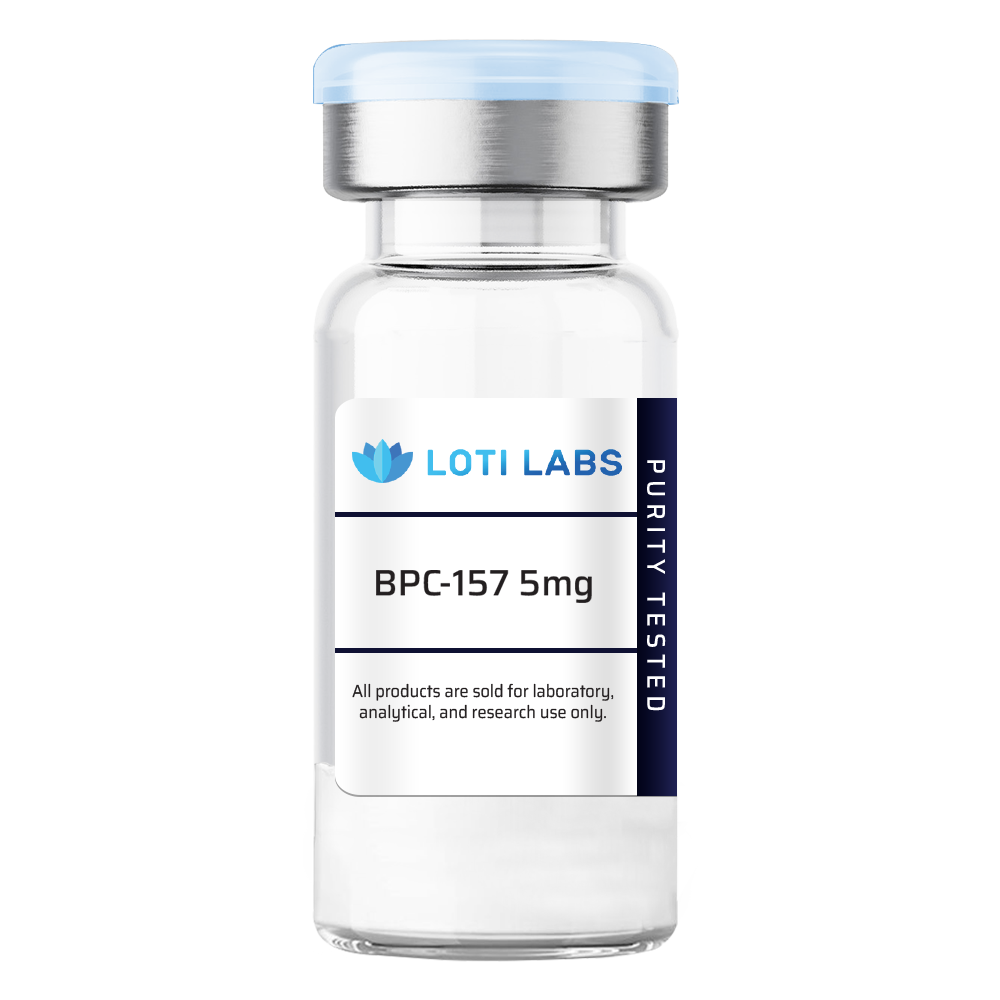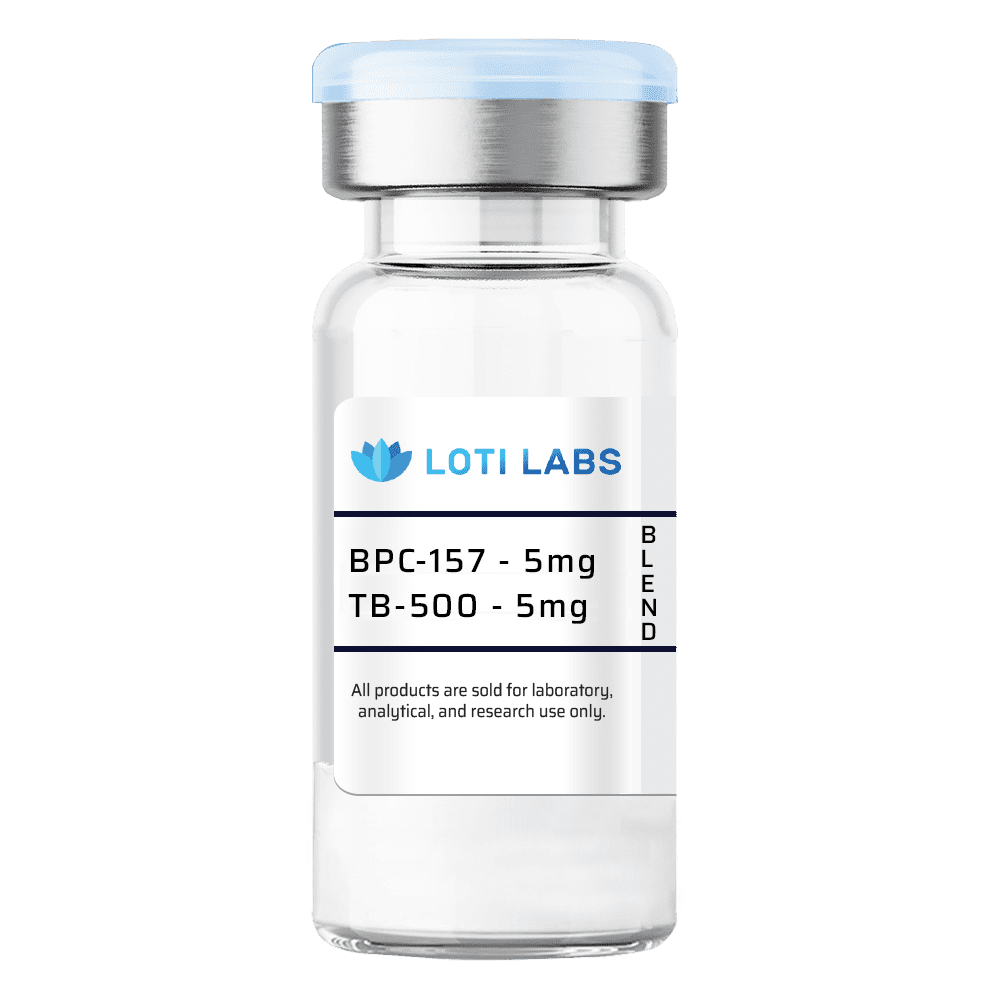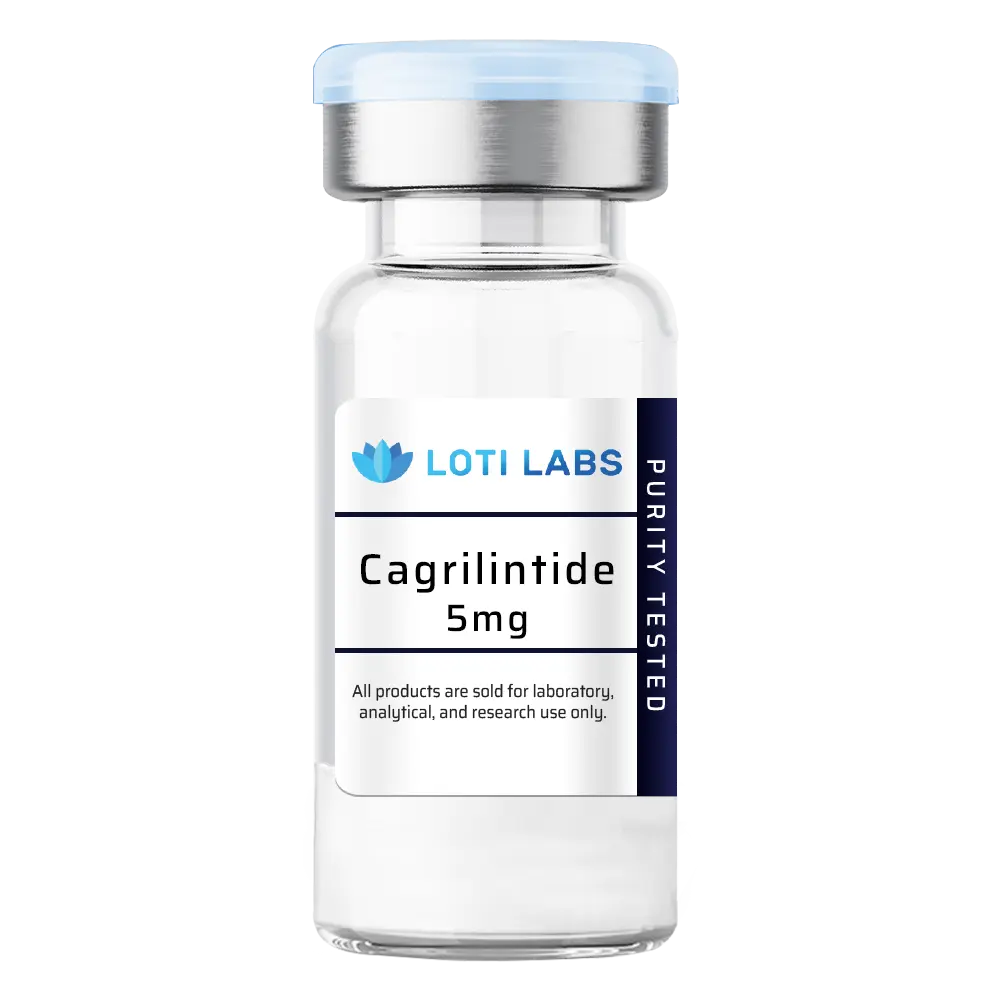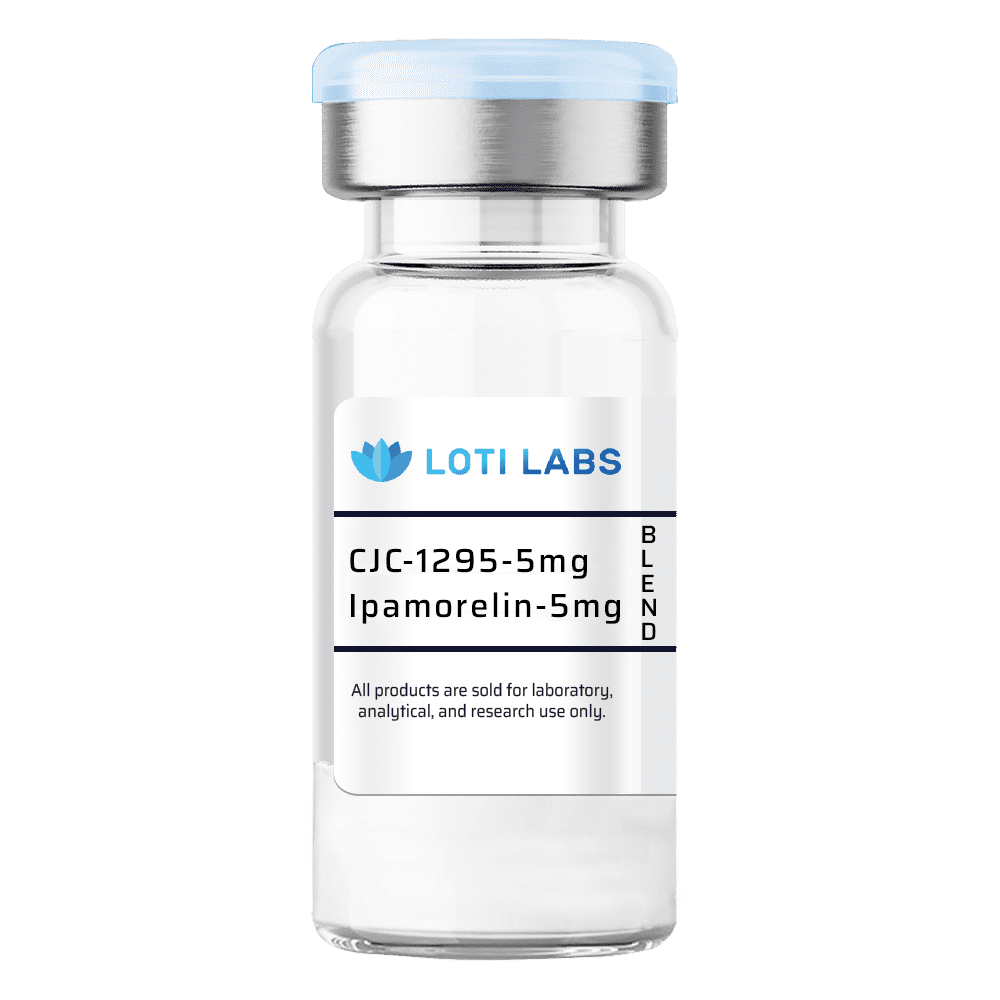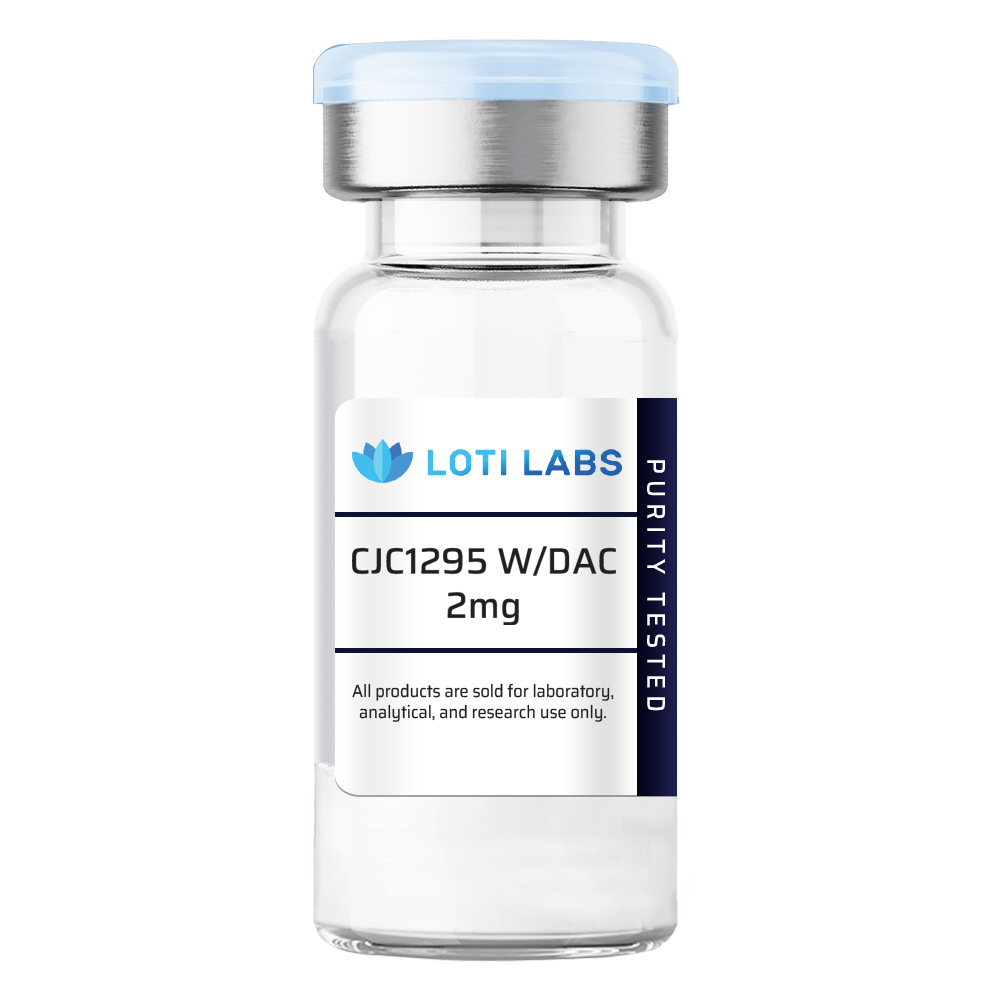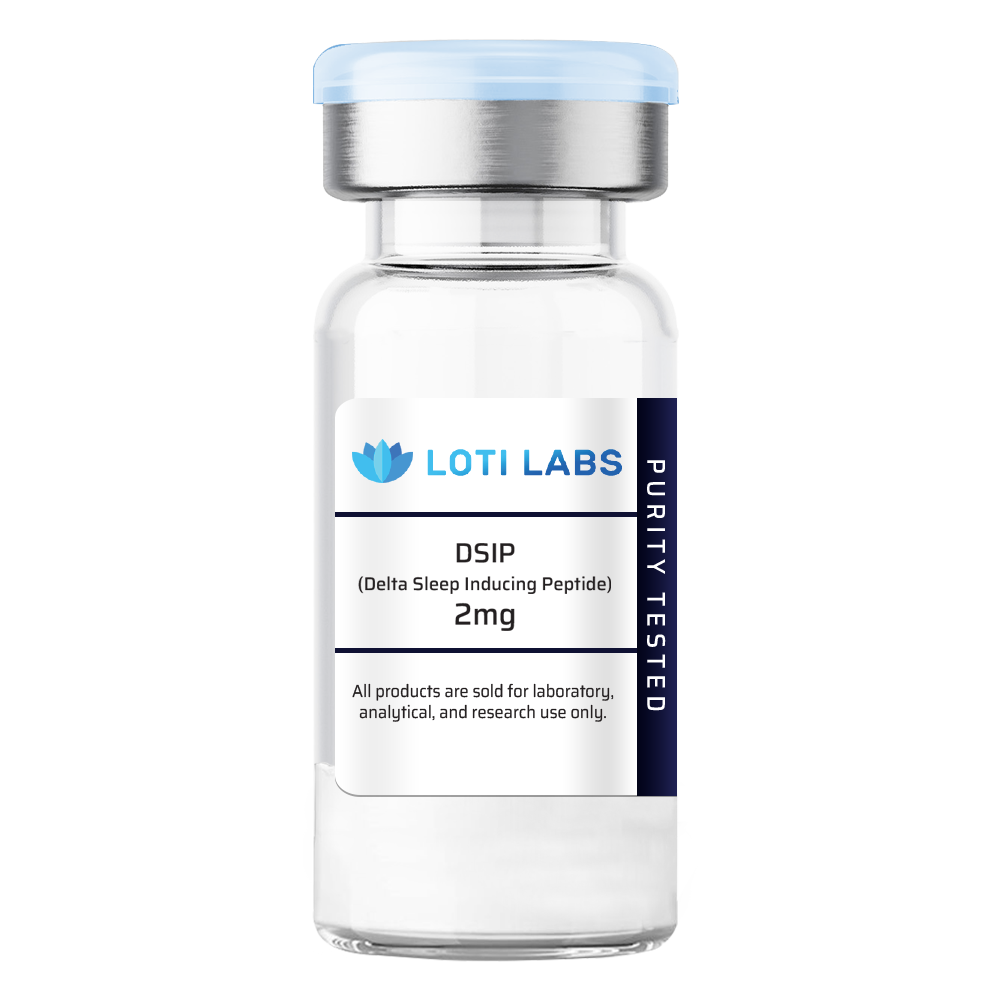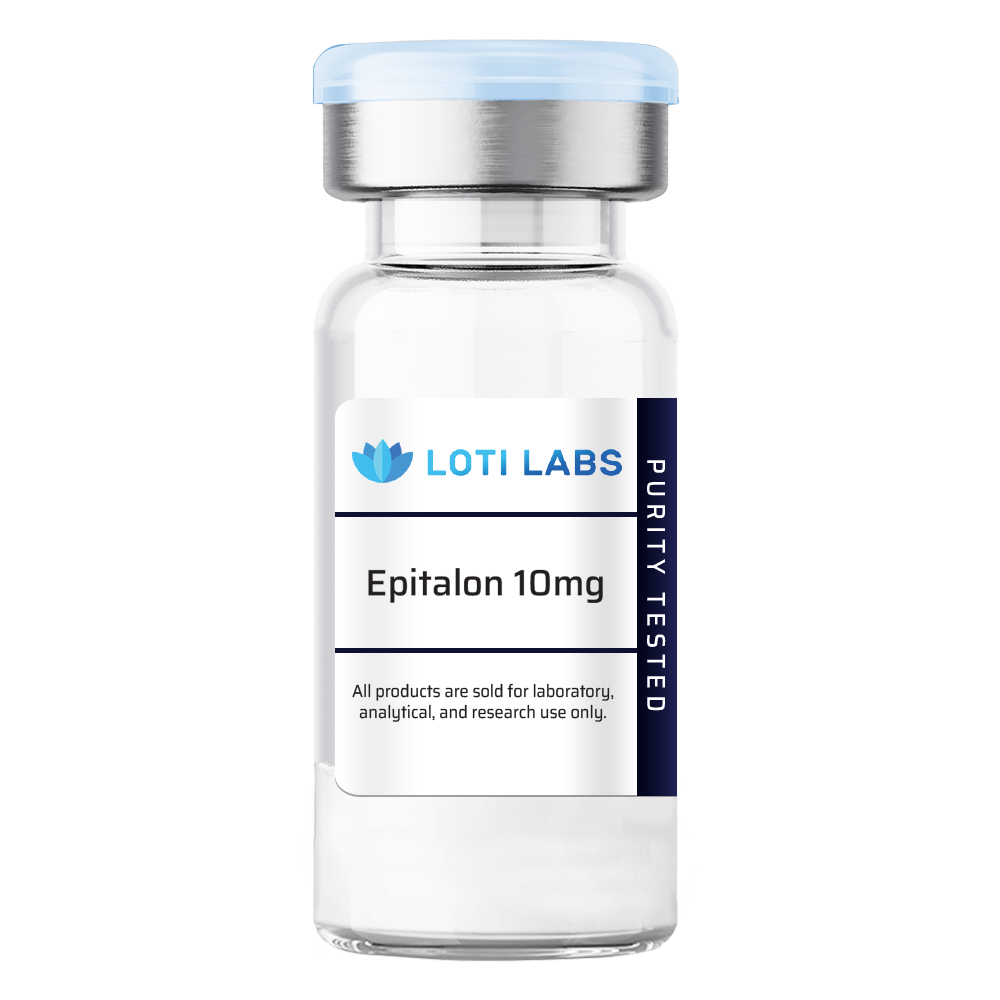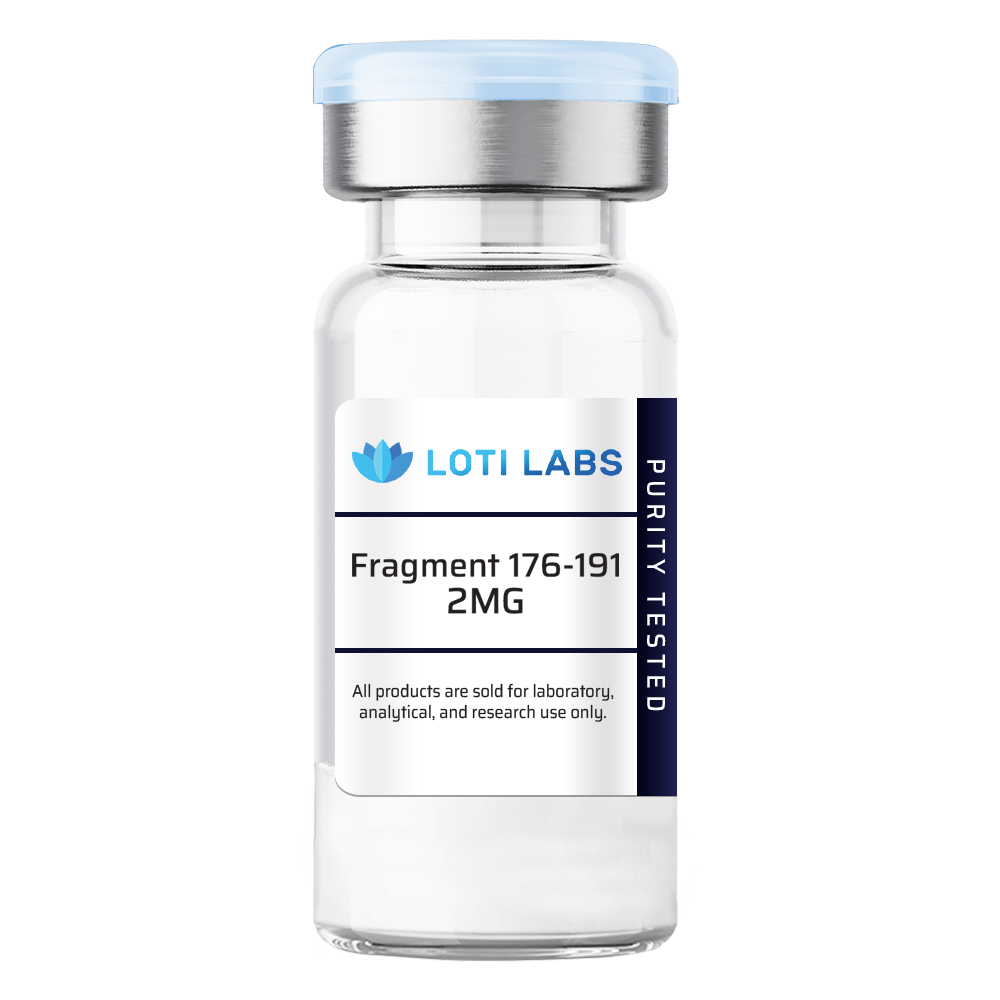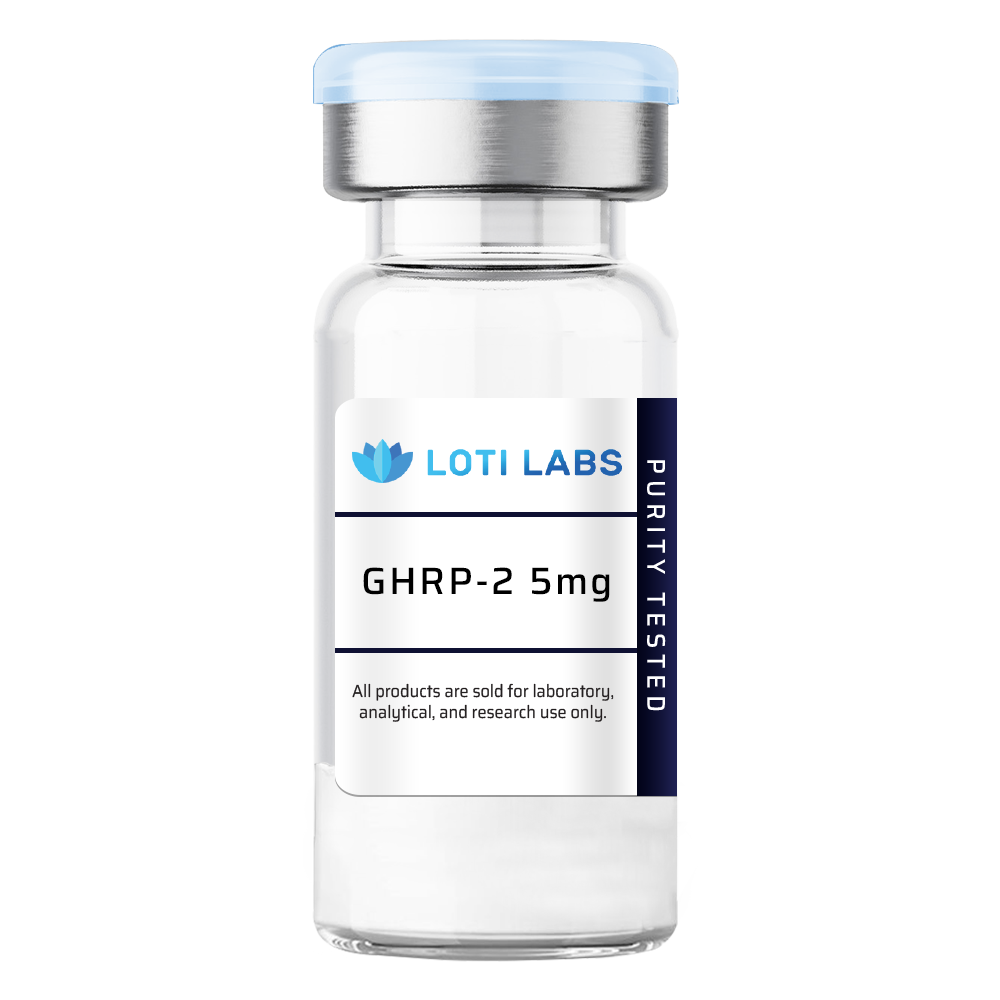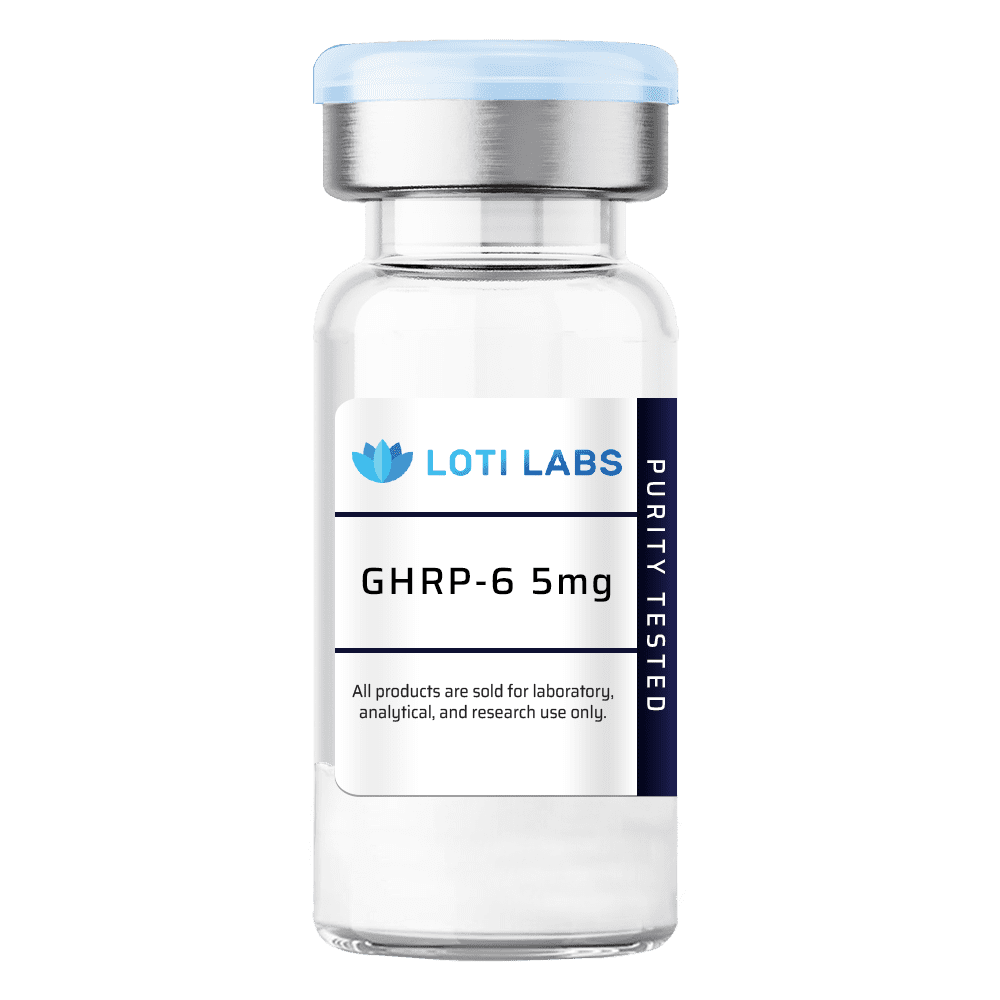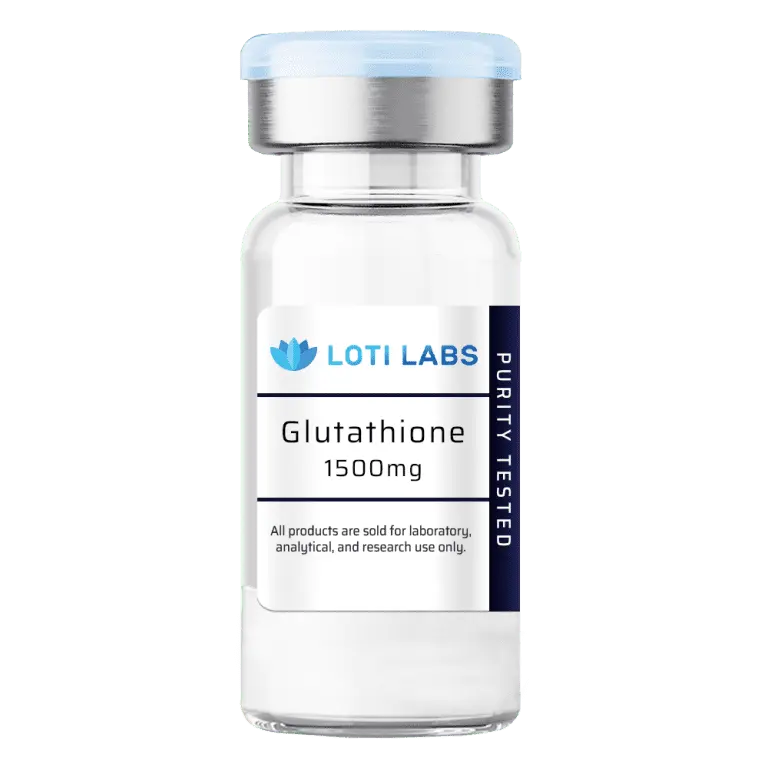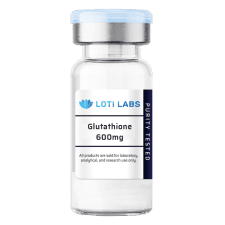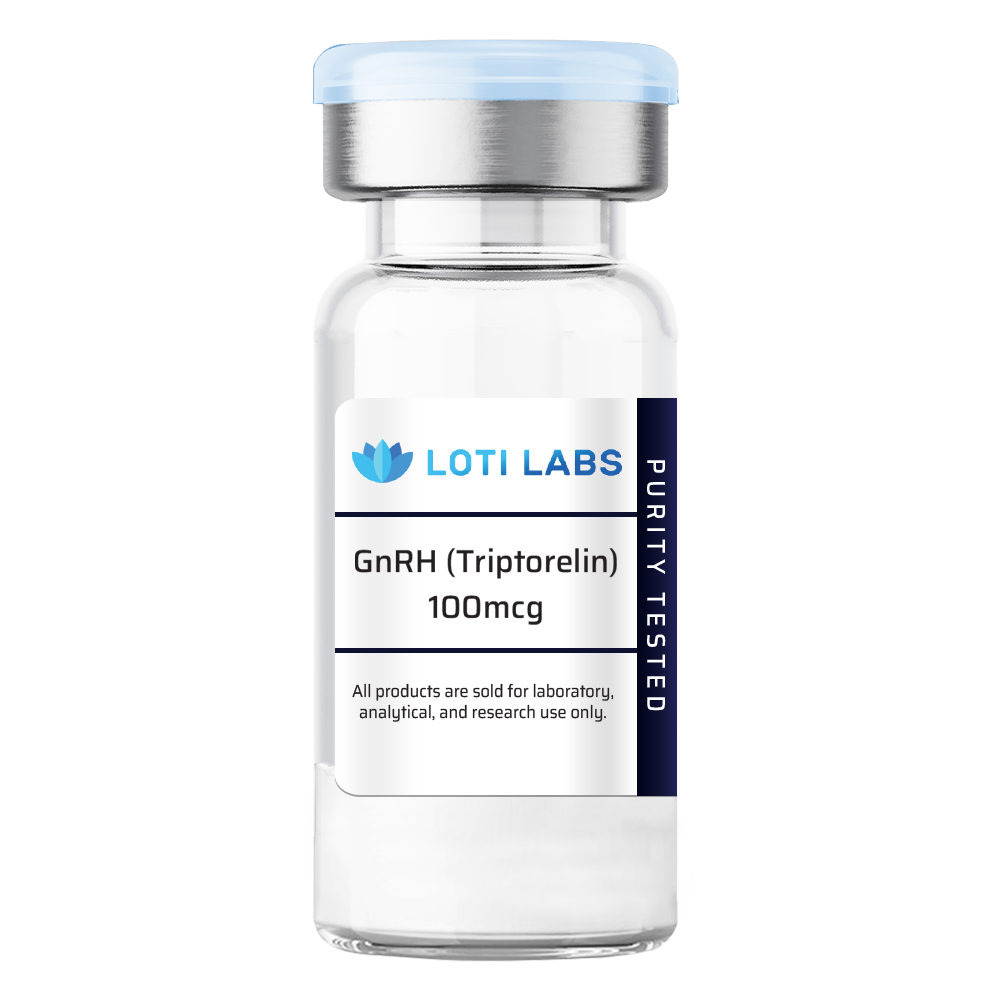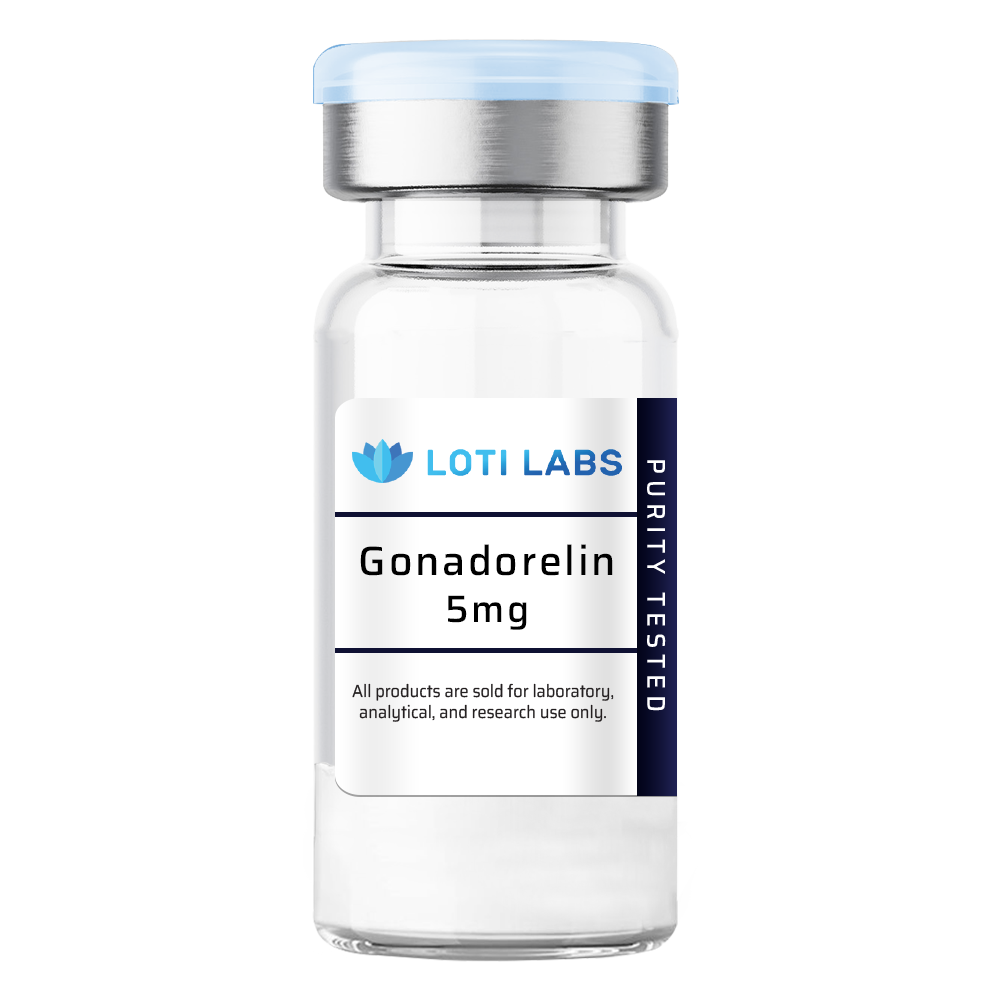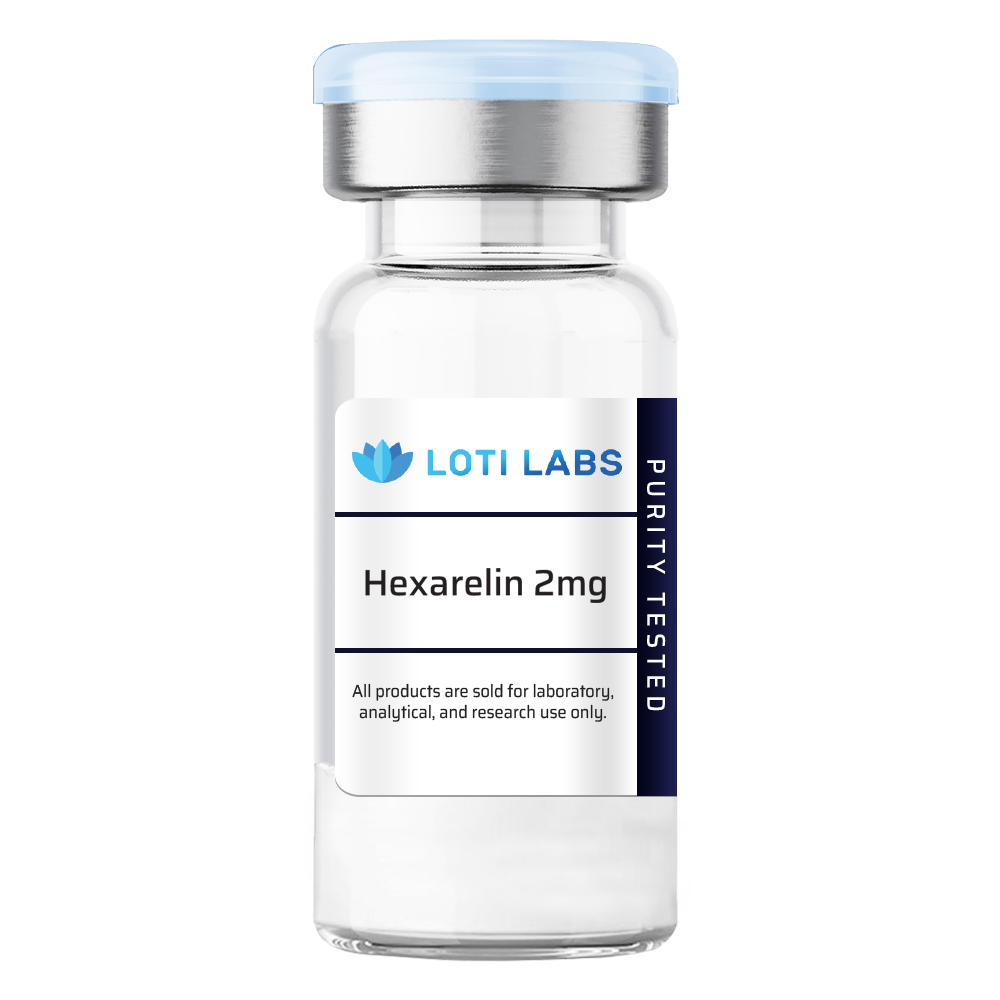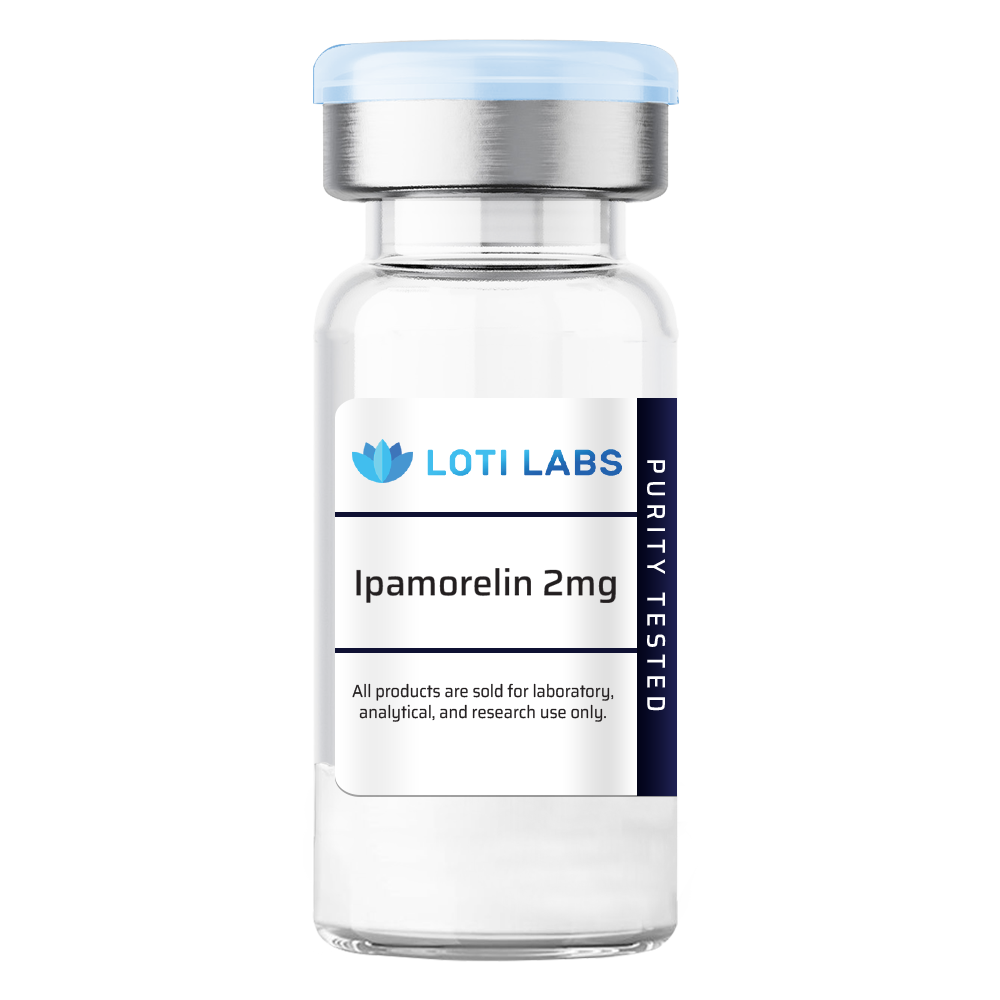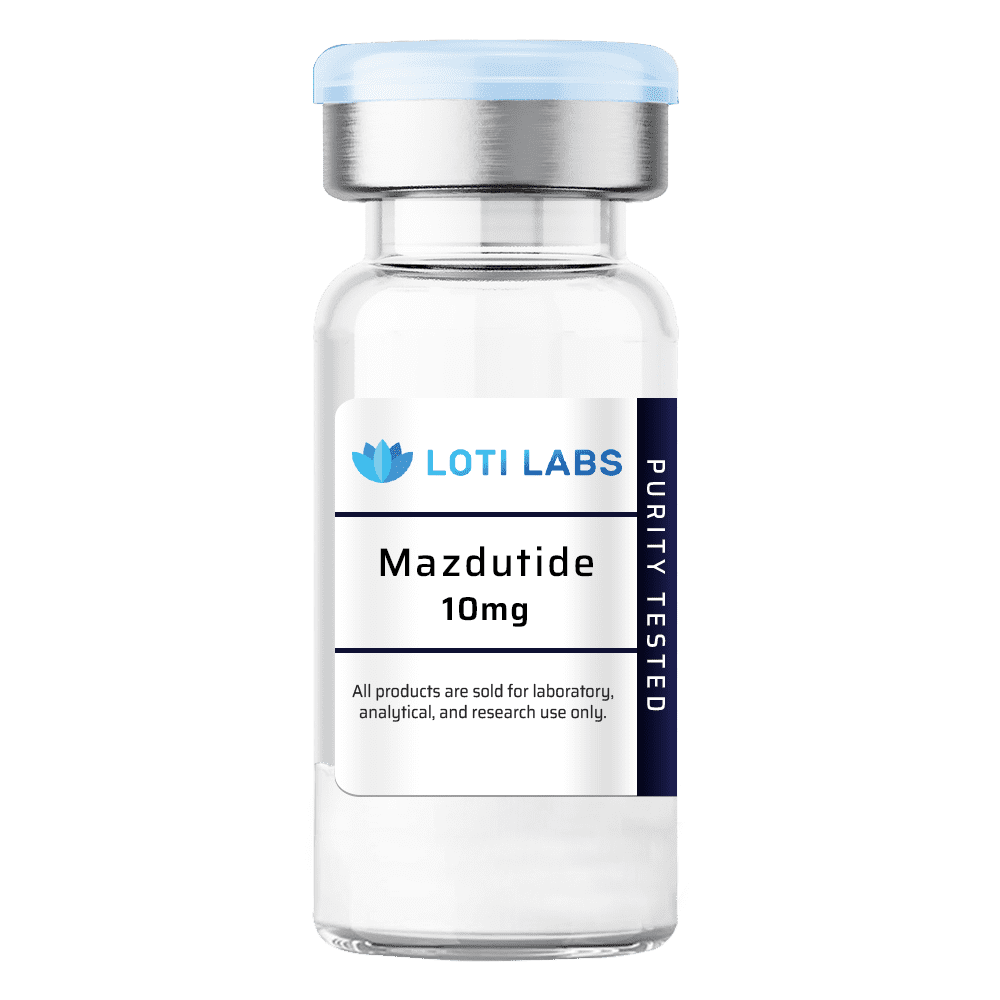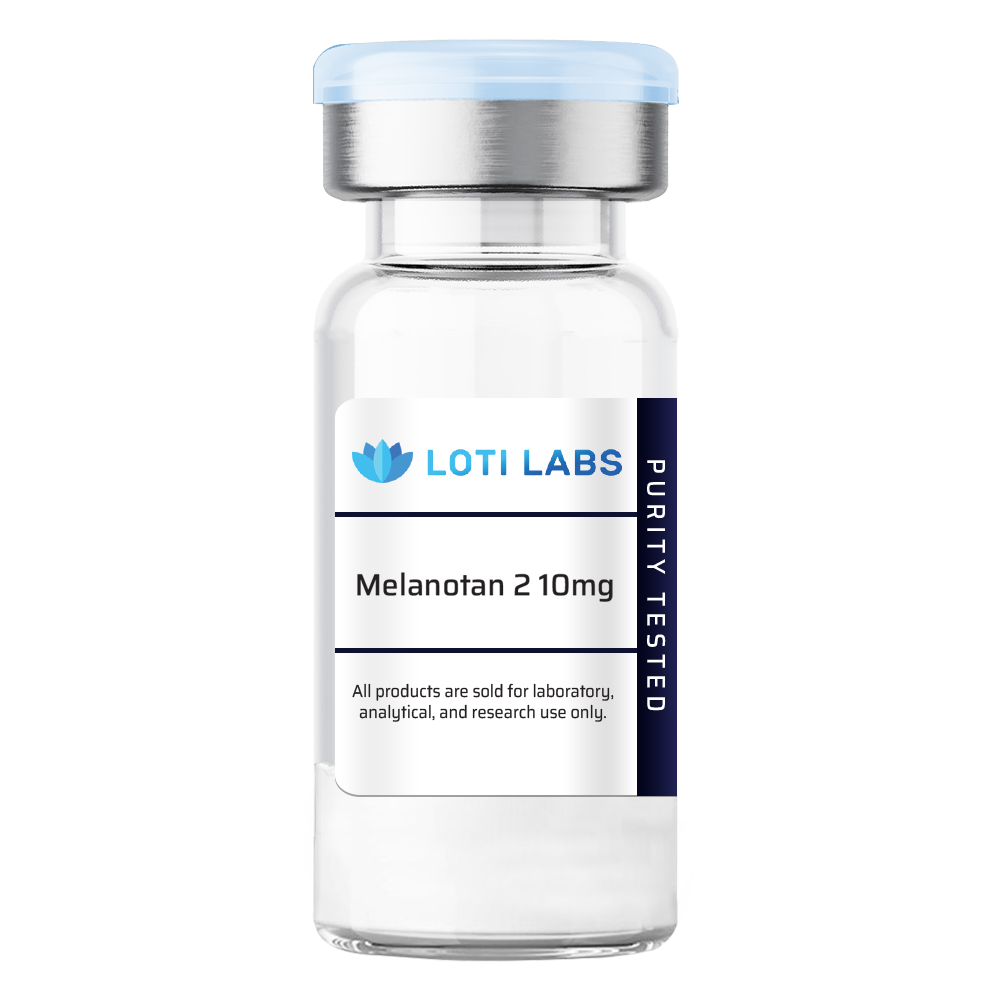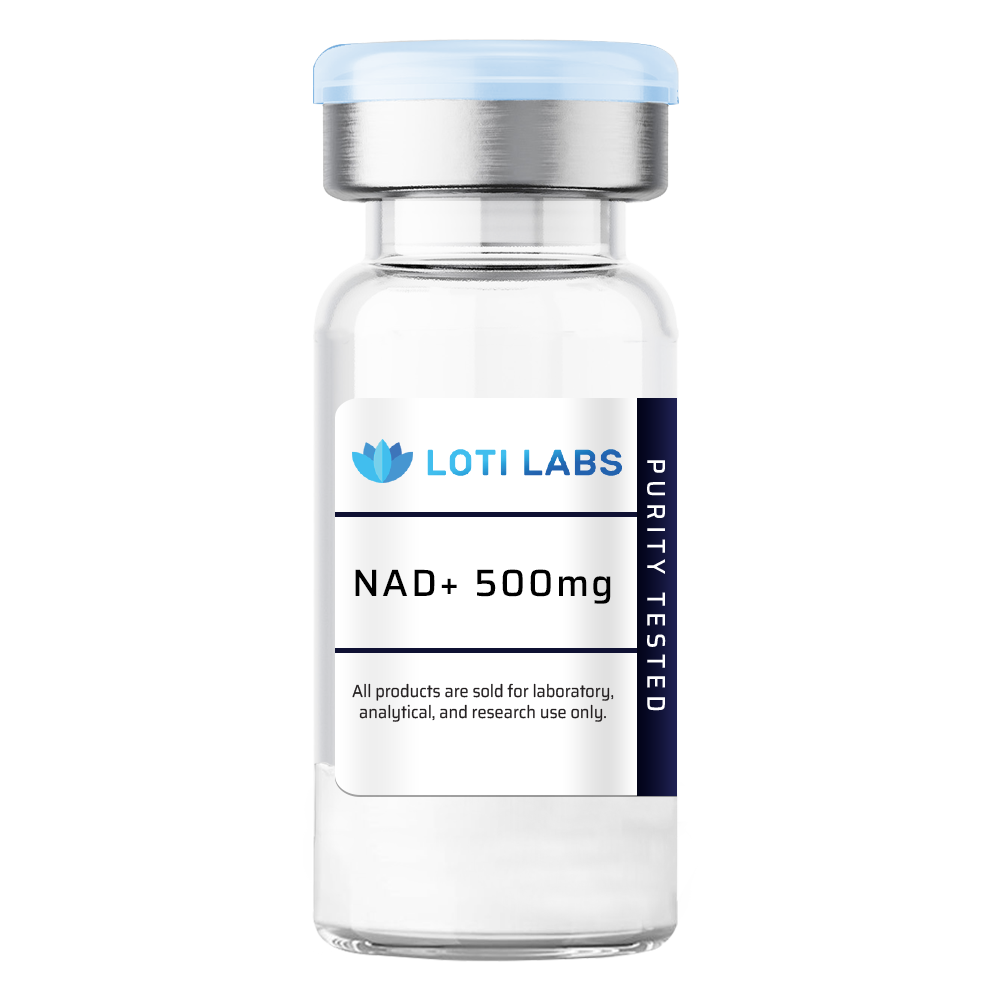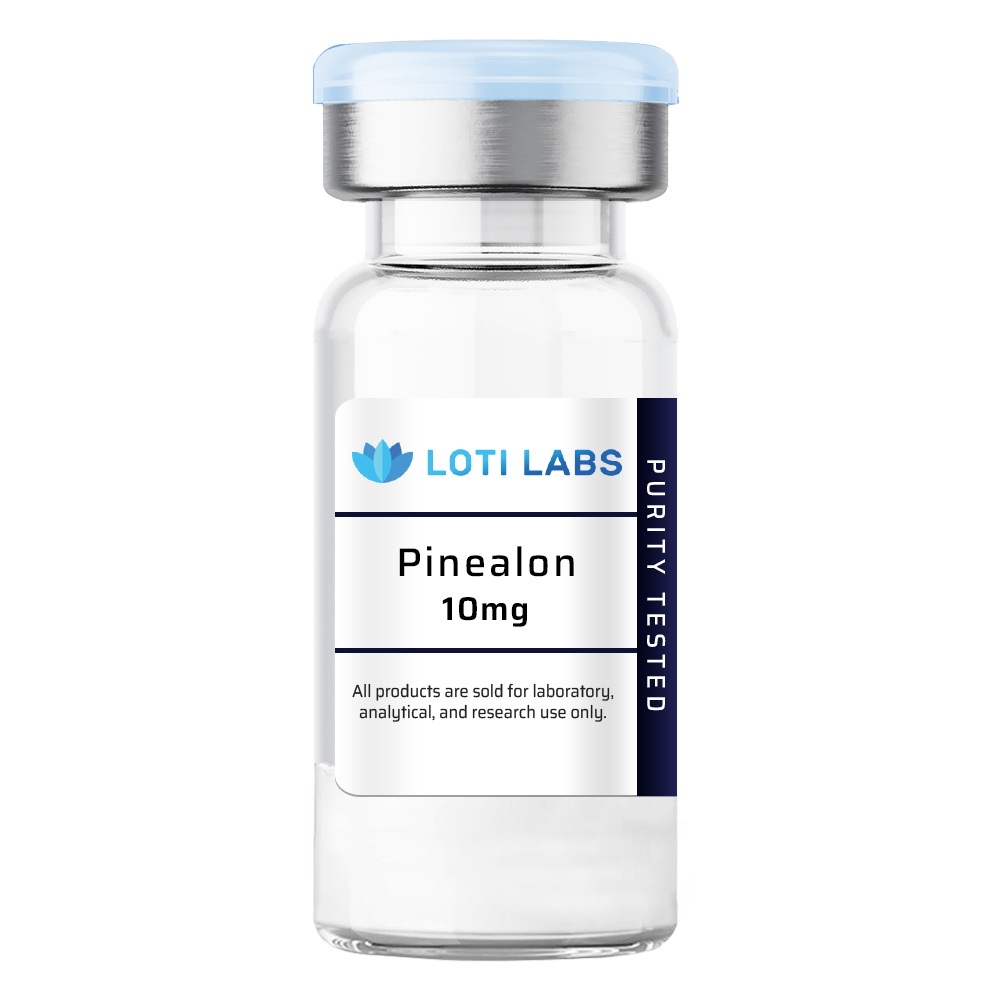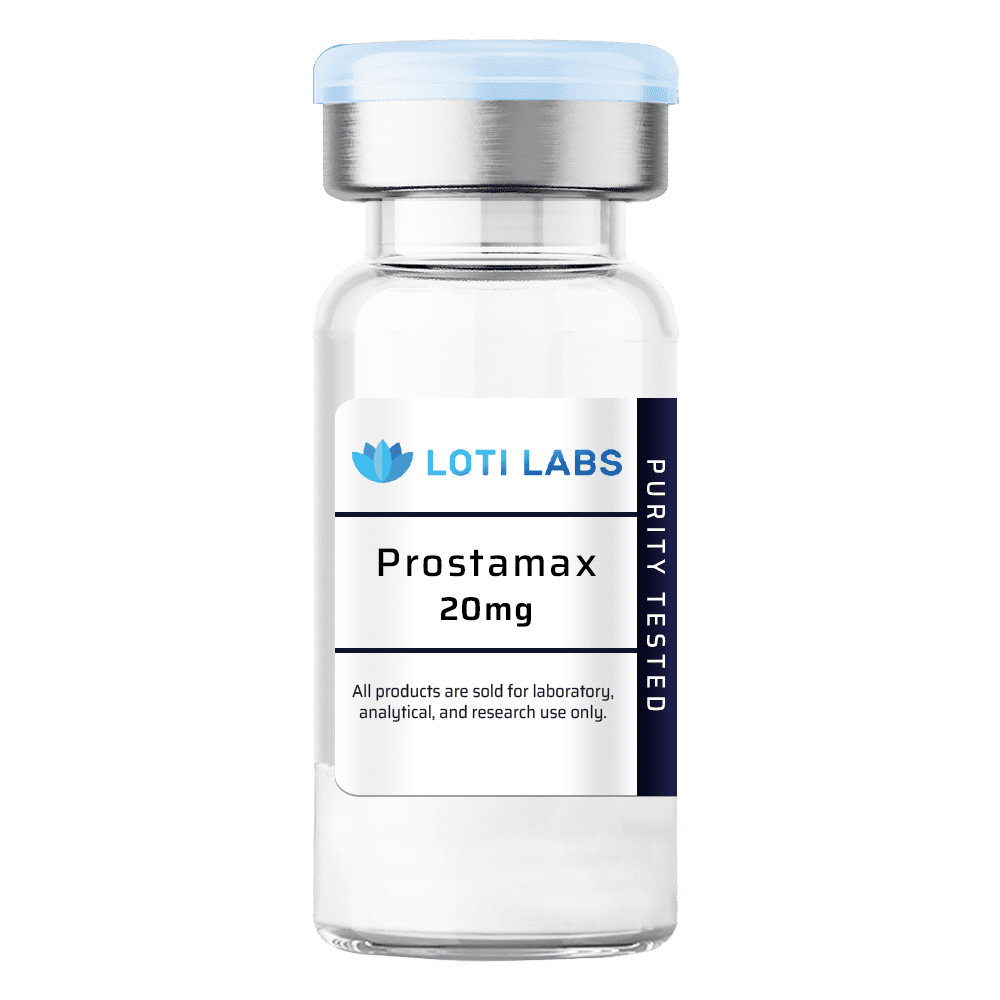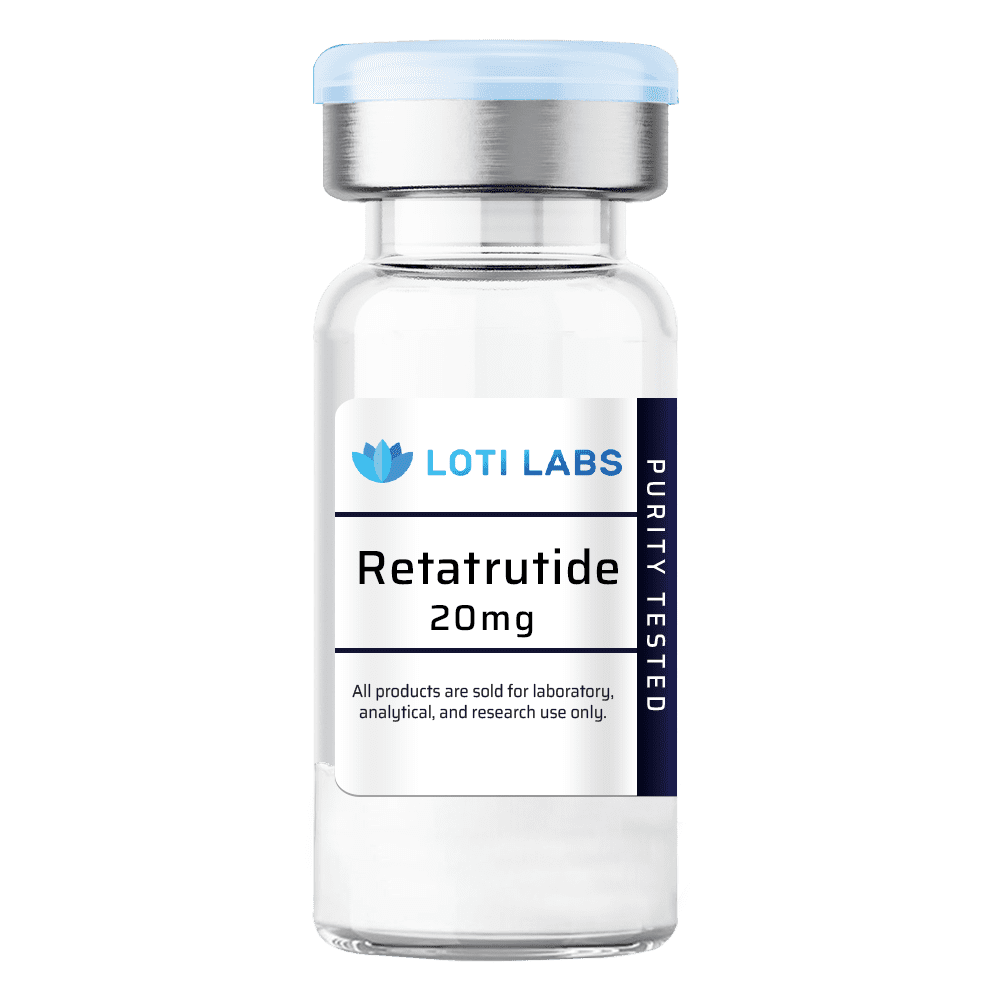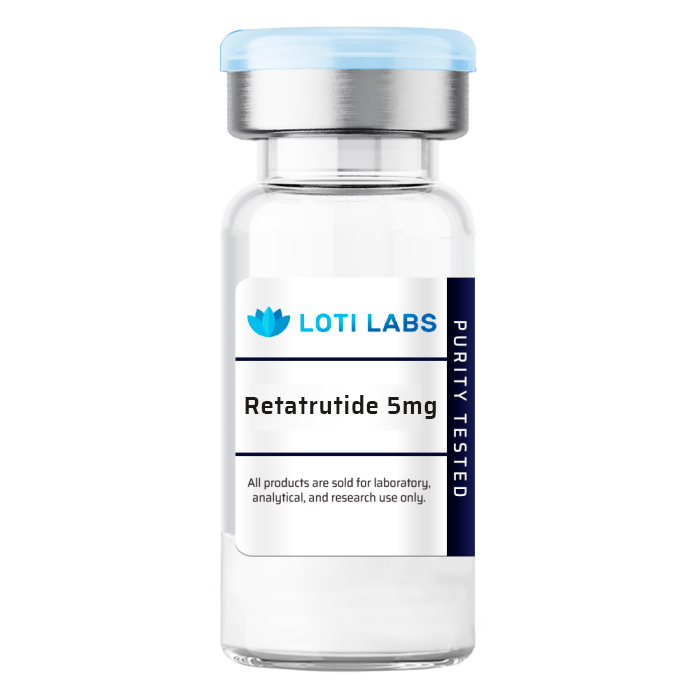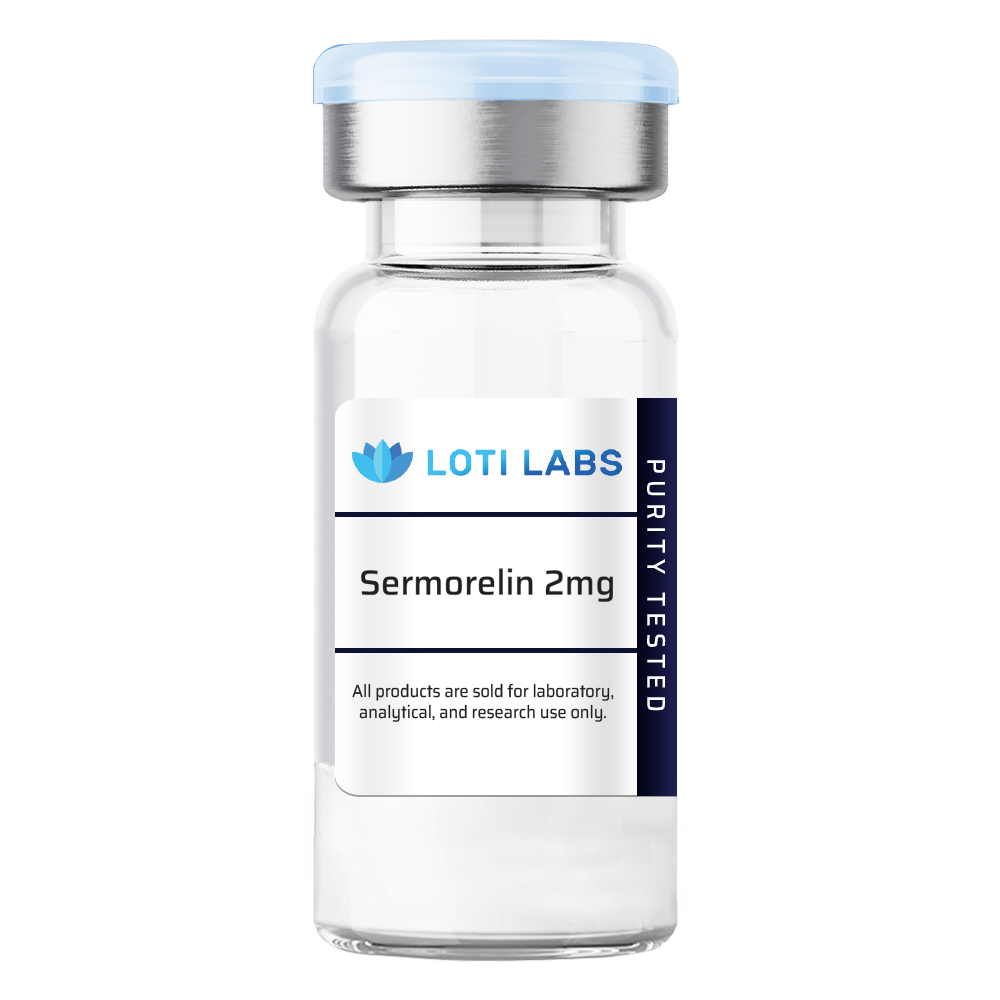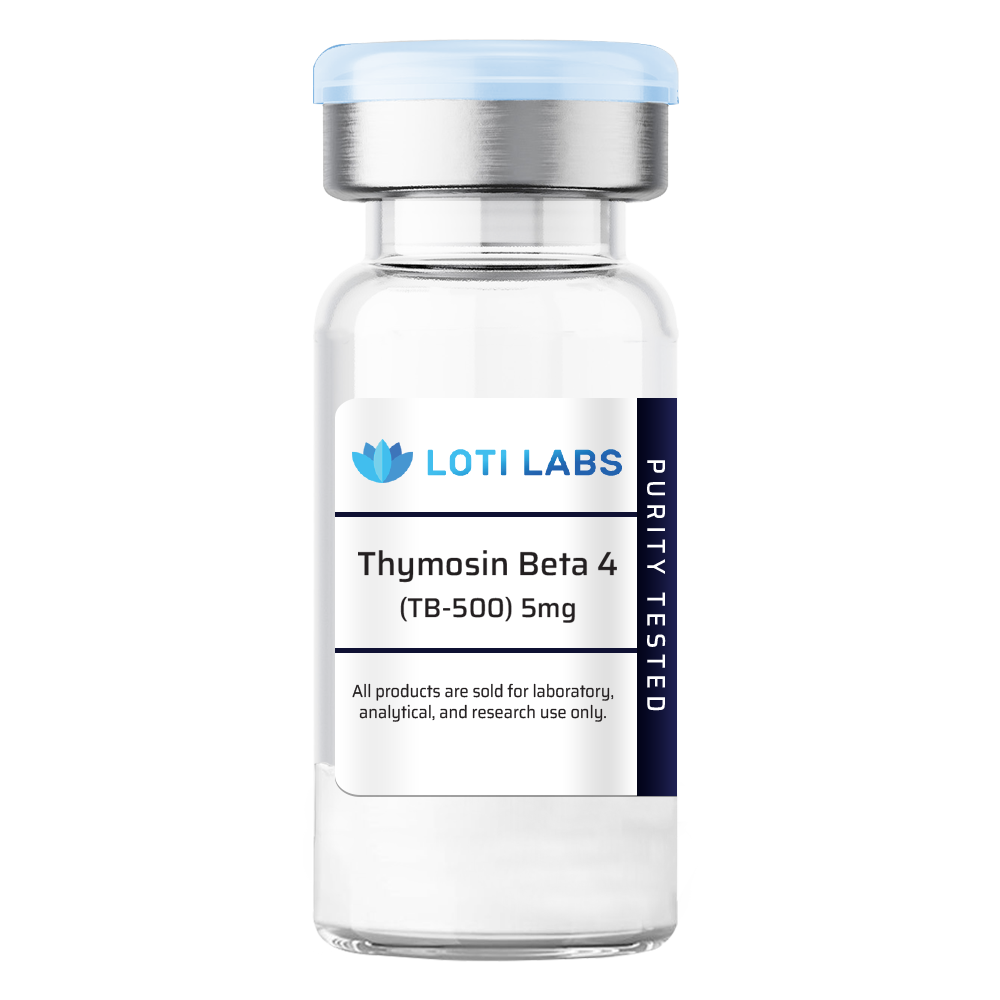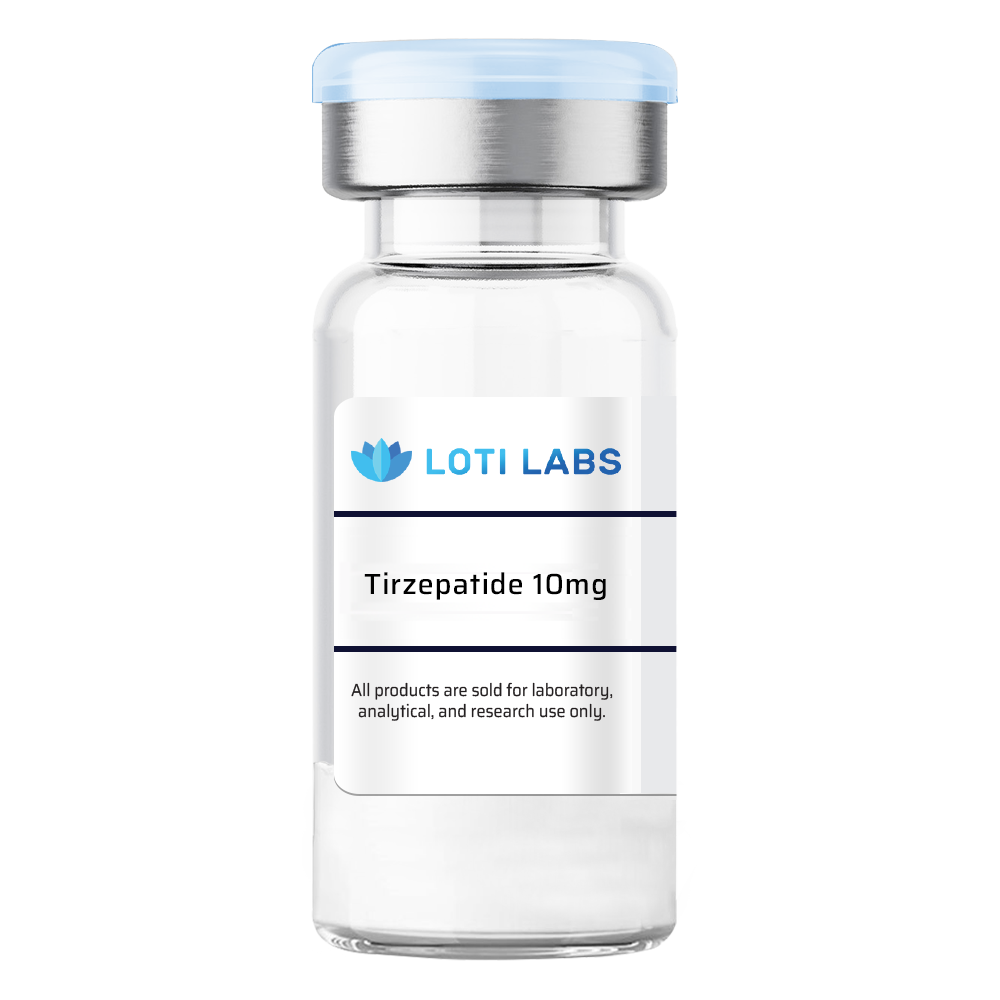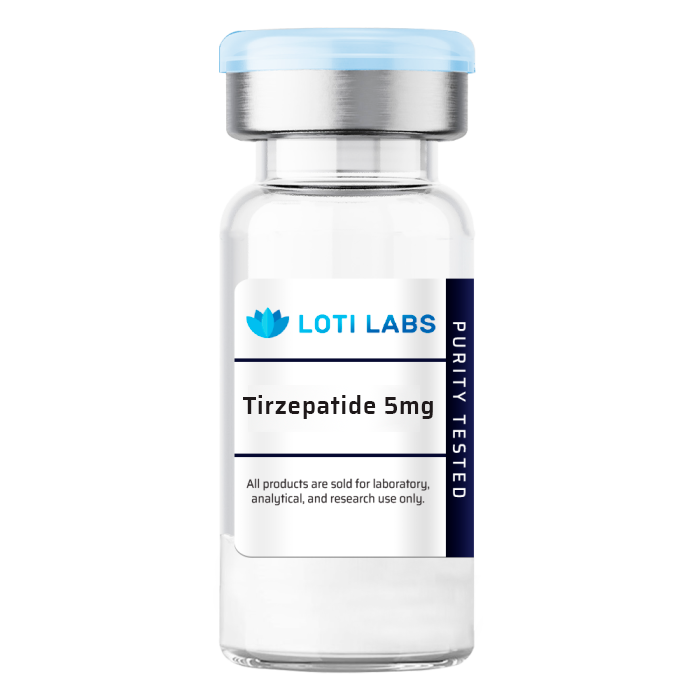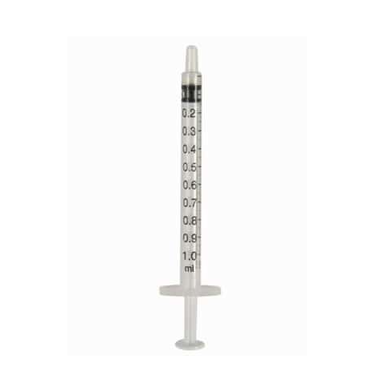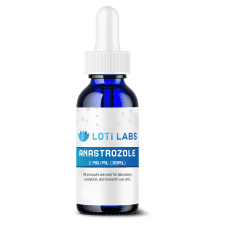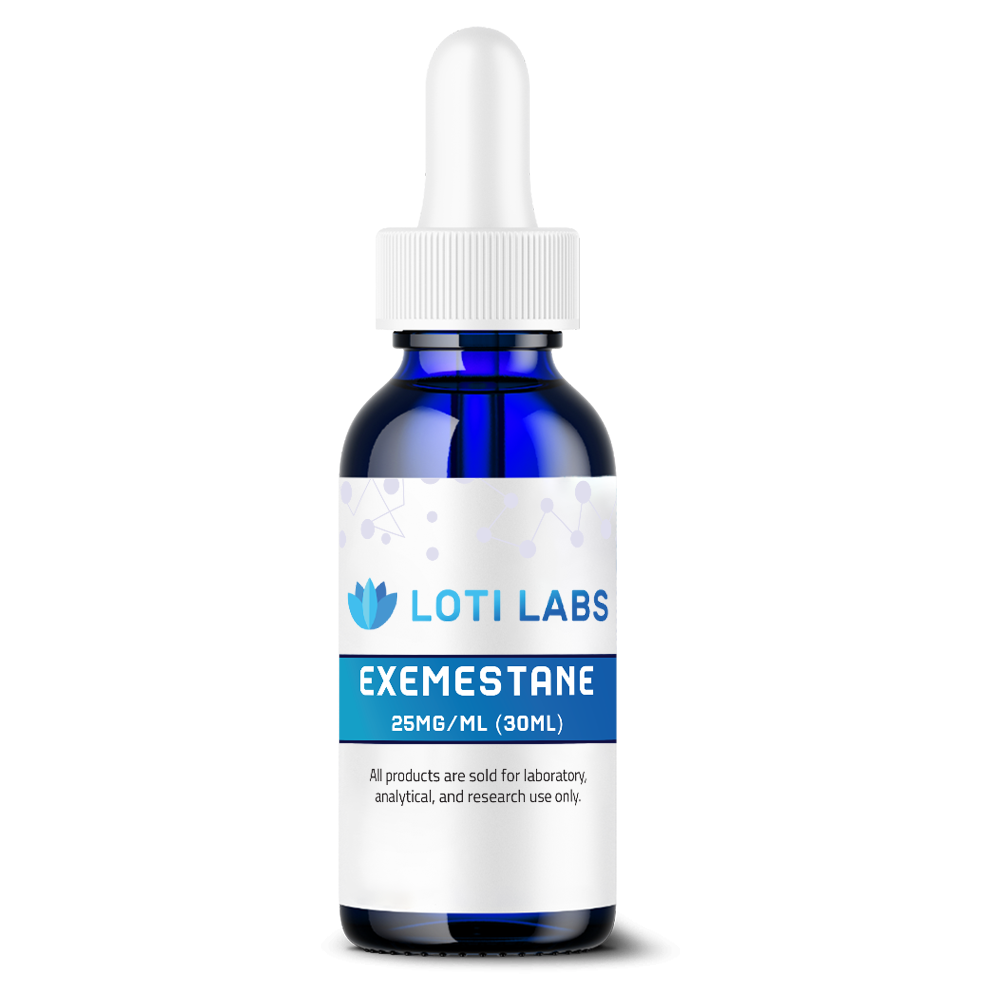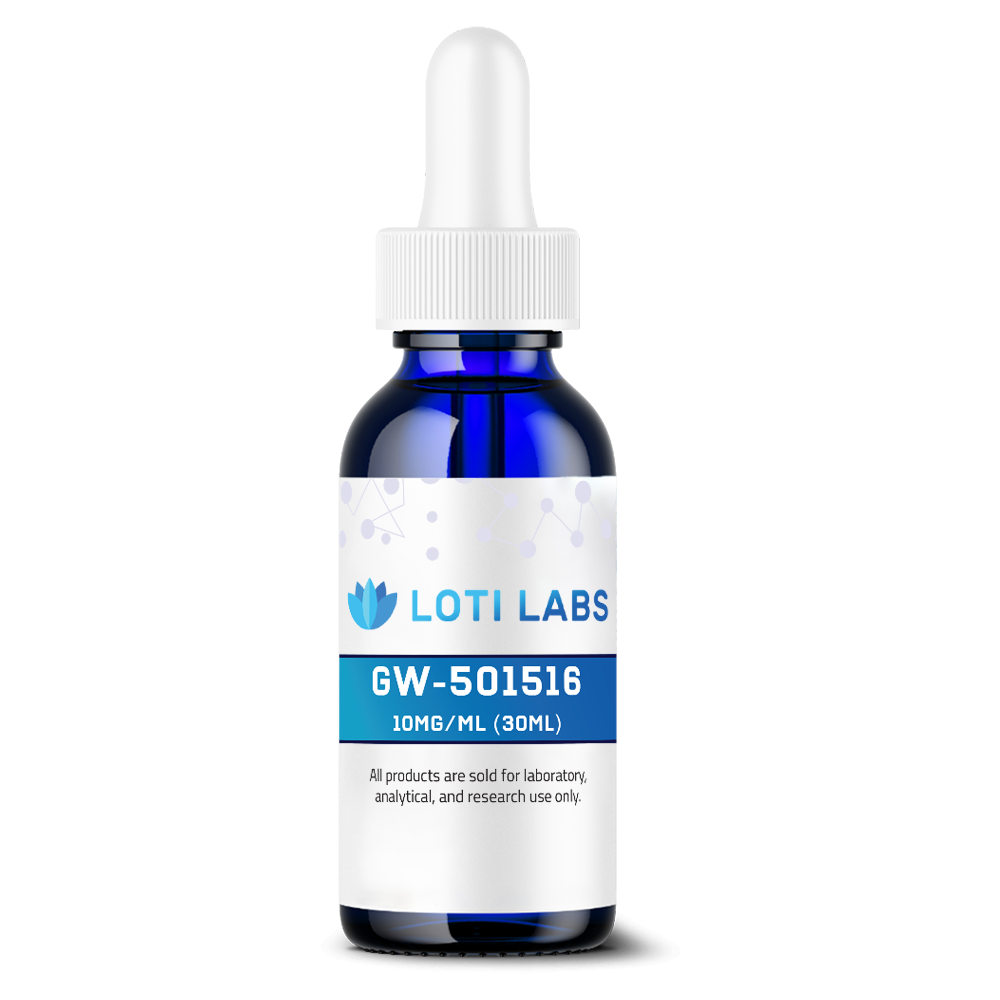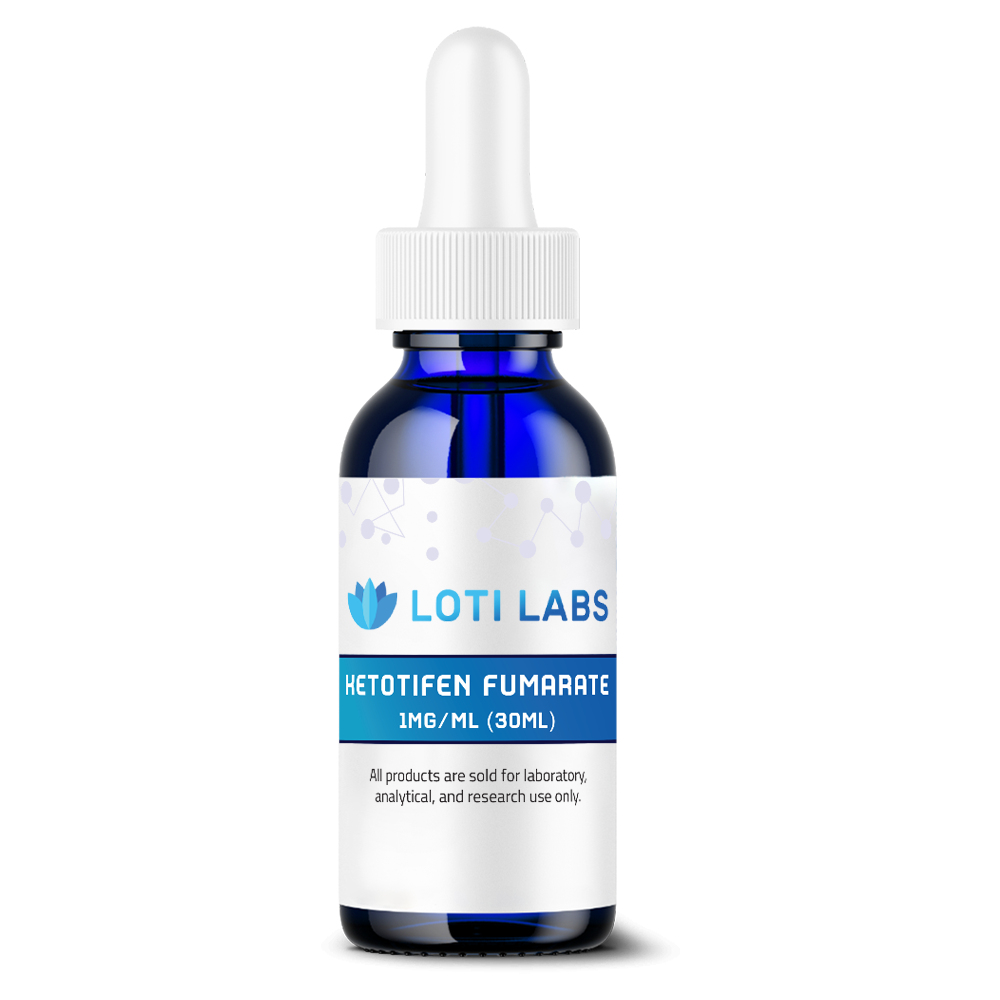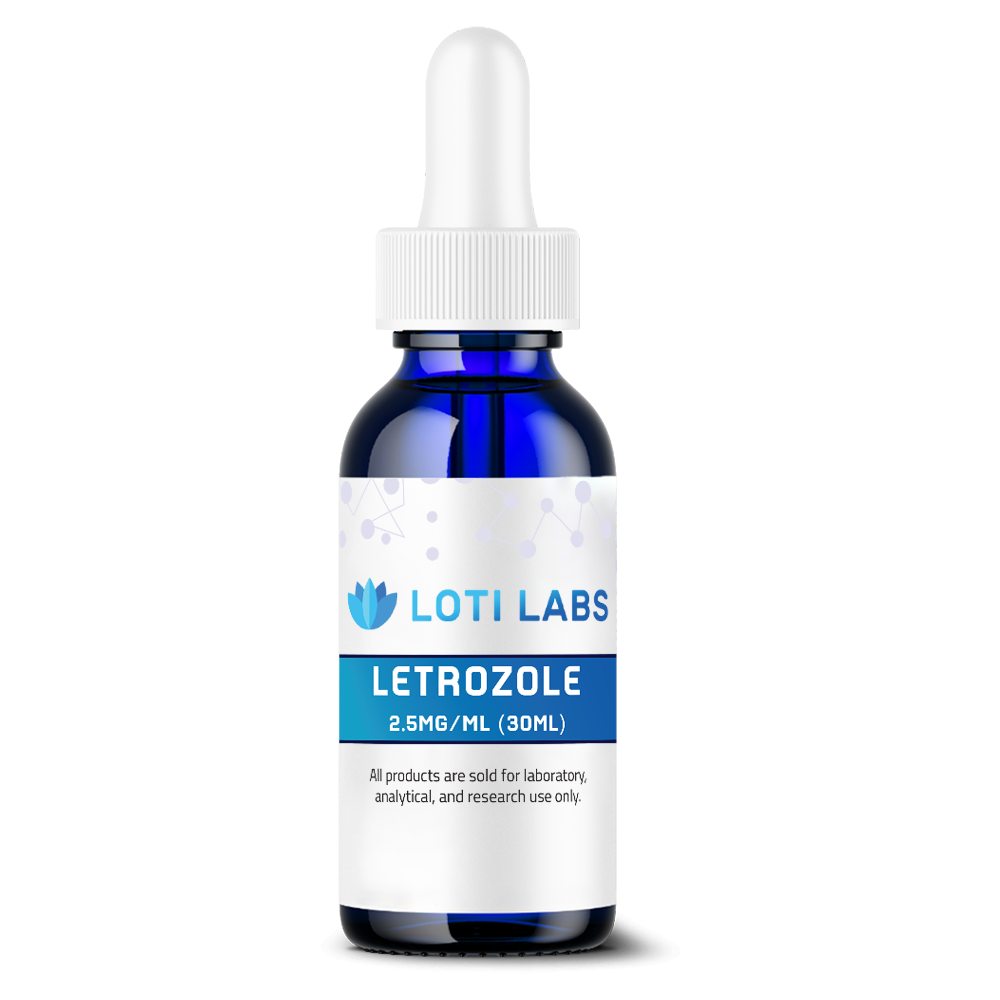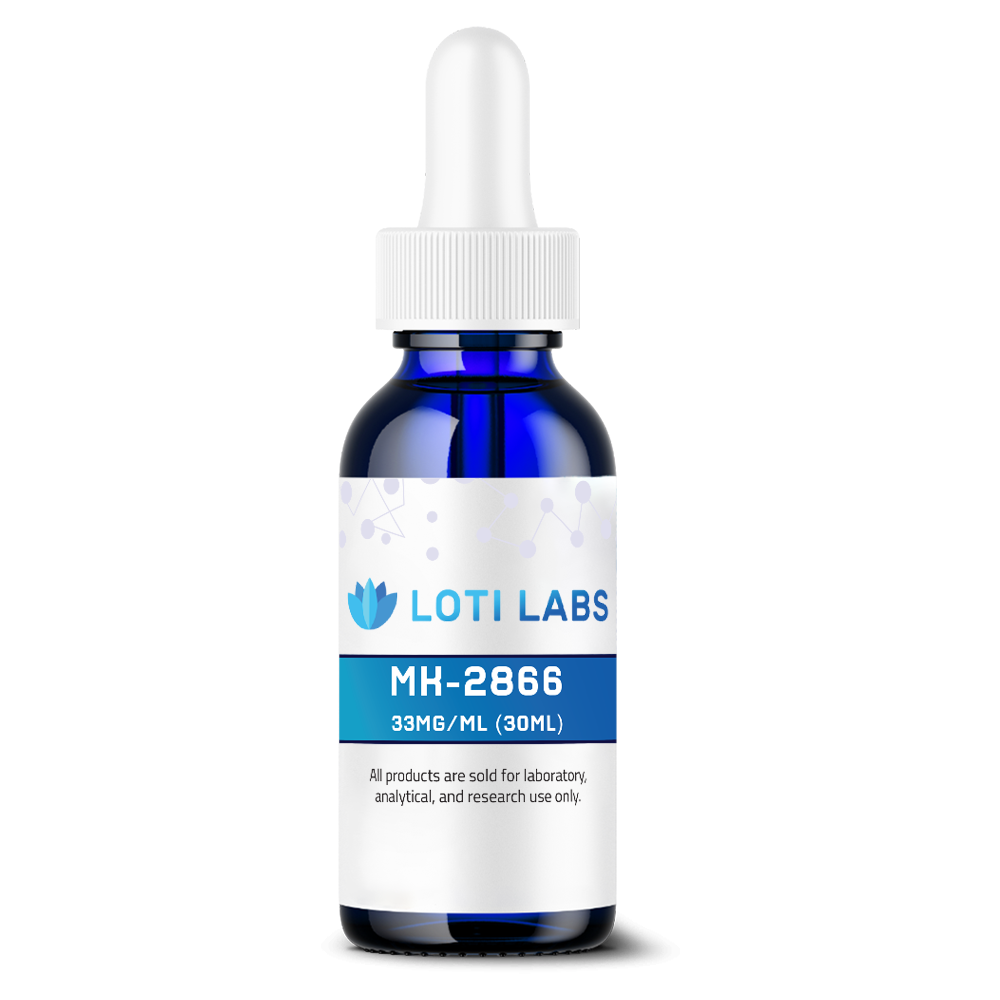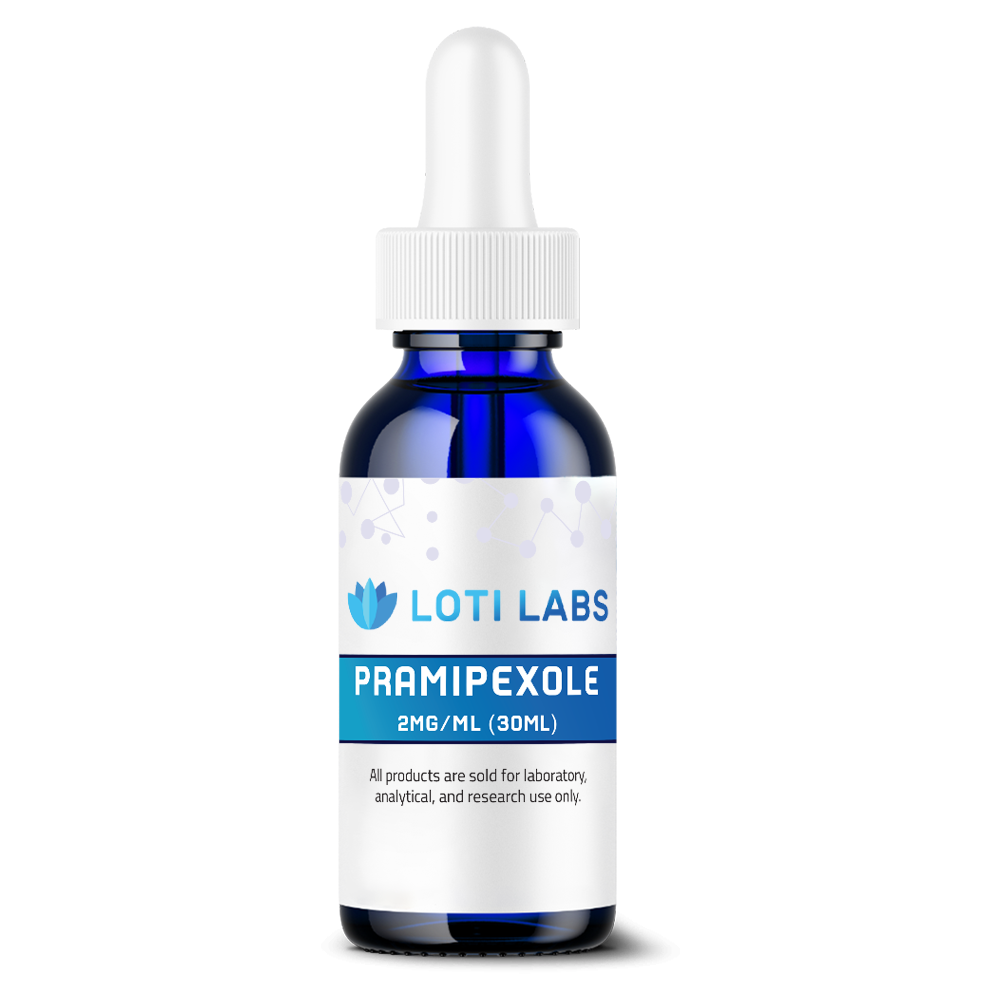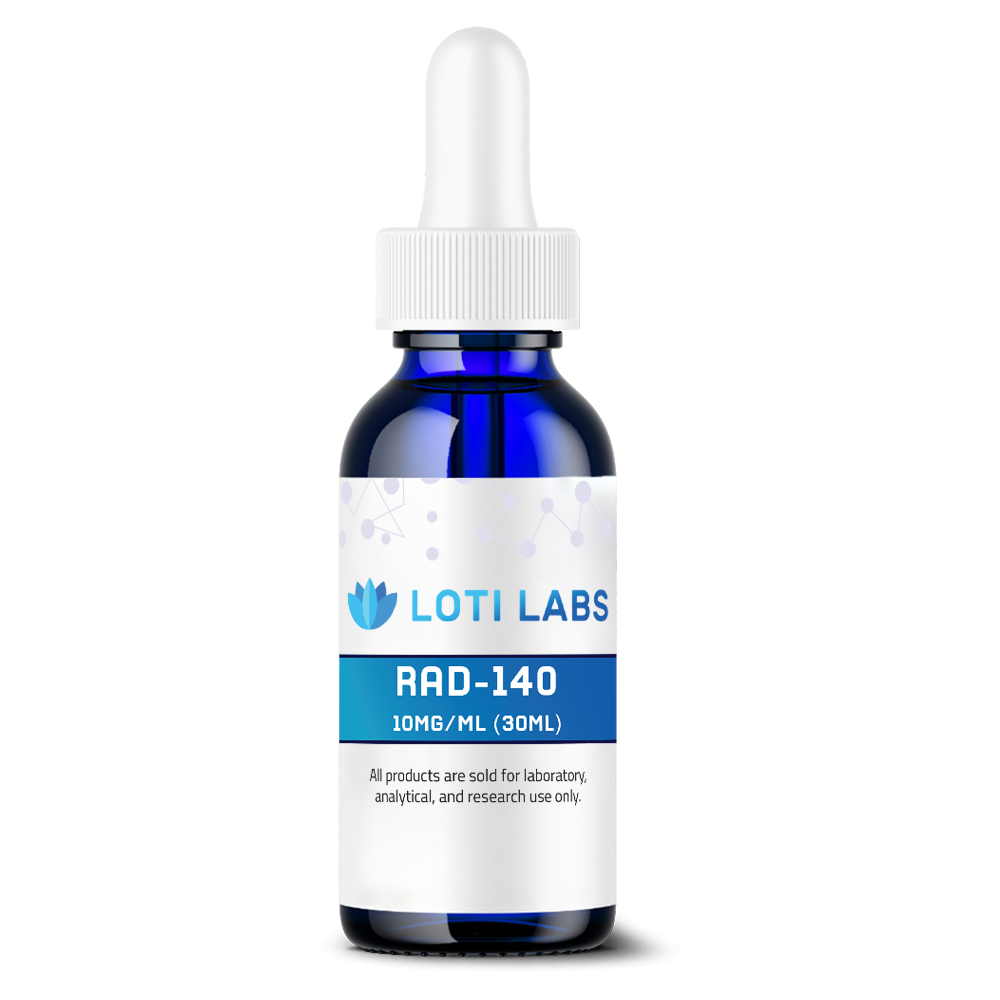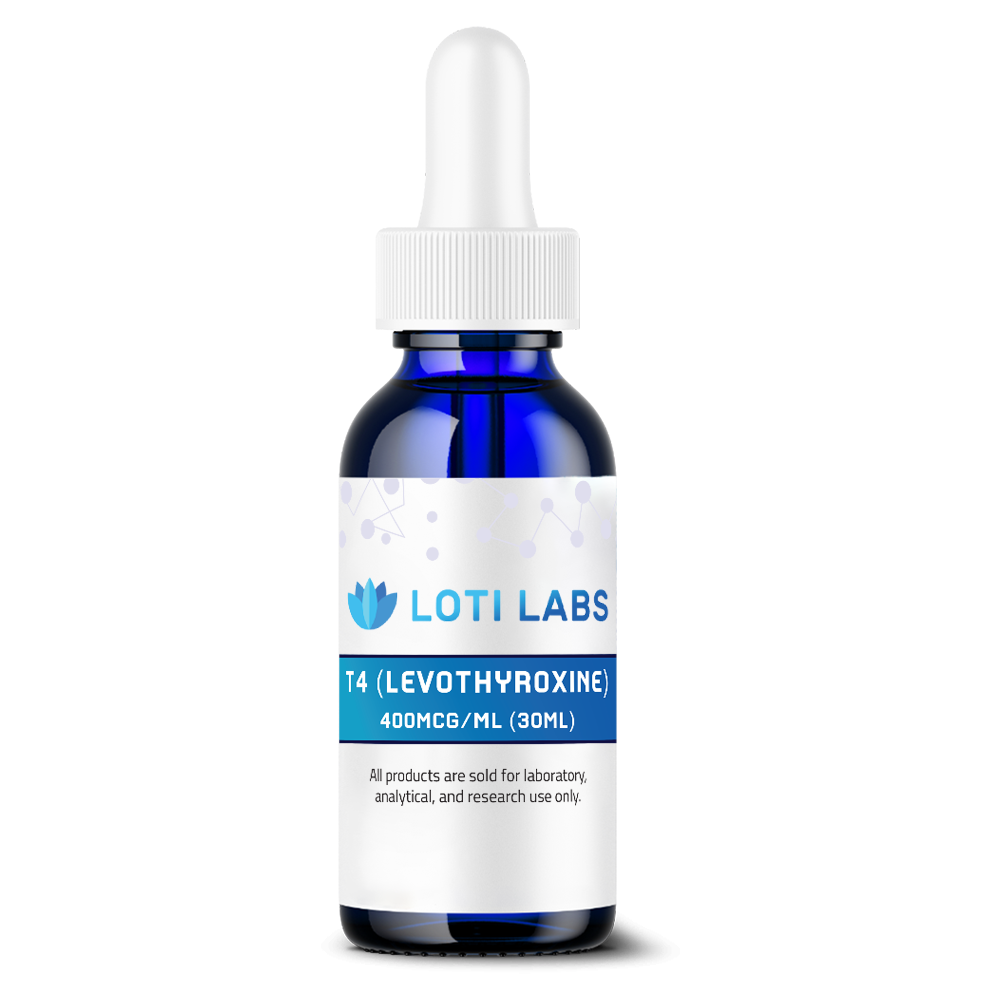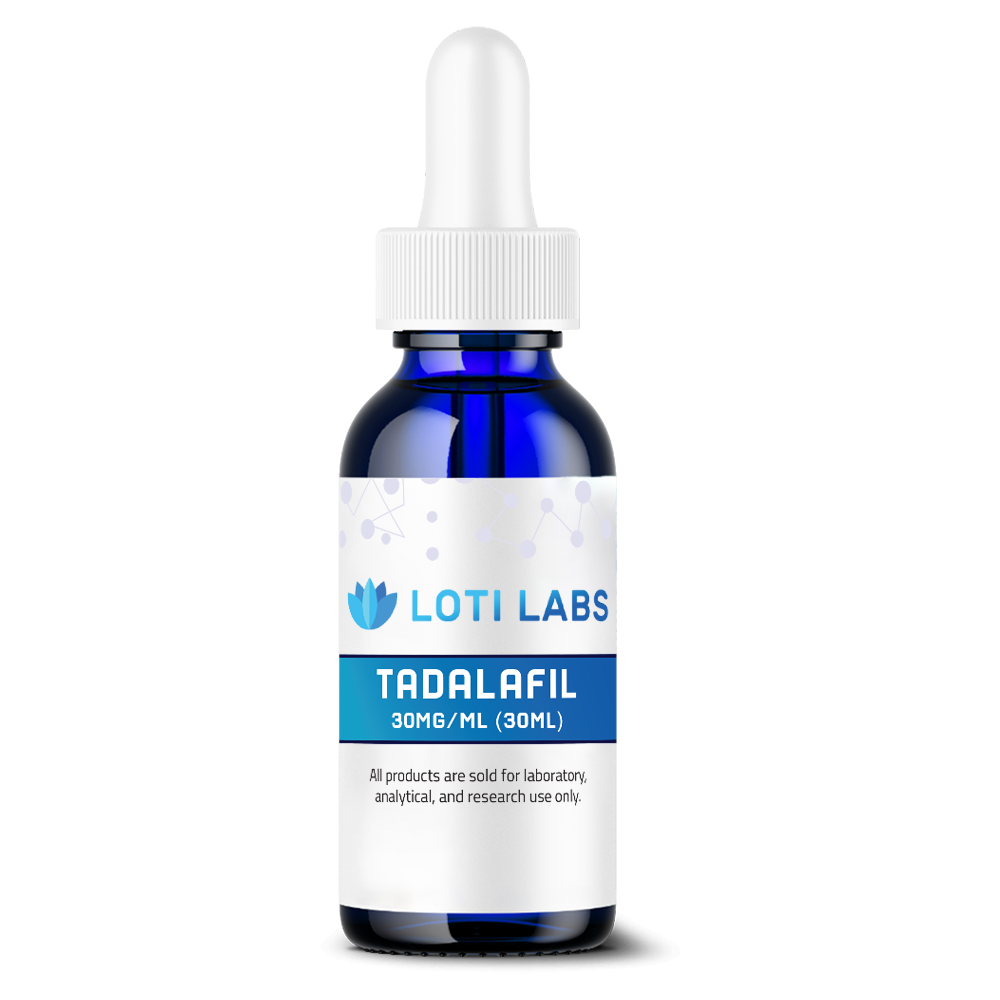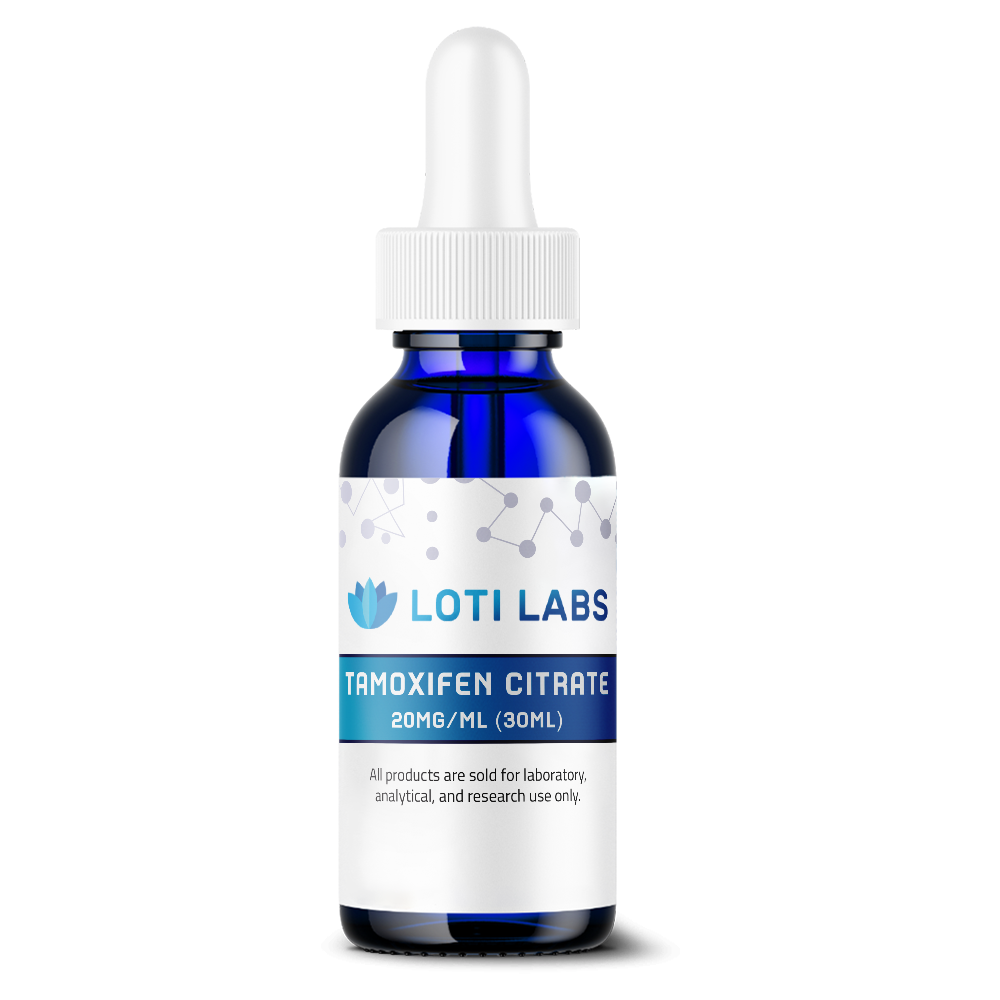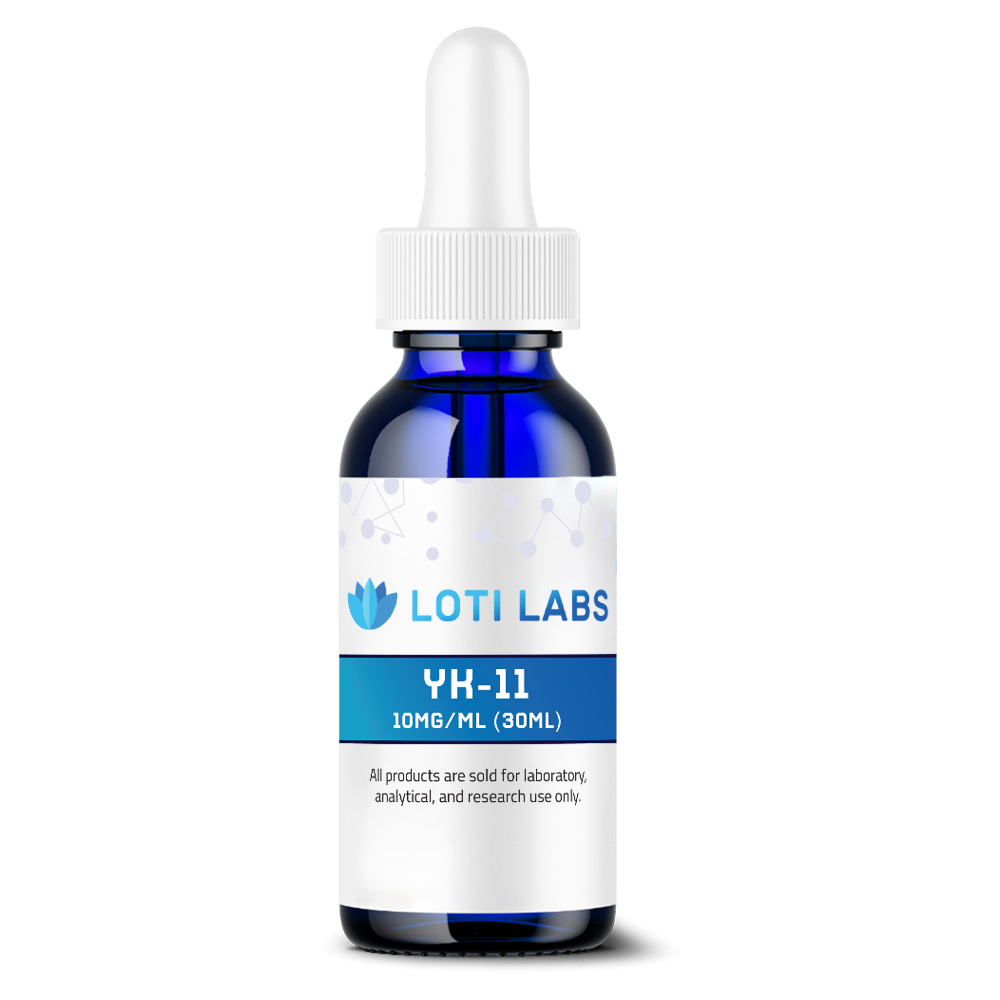-
×
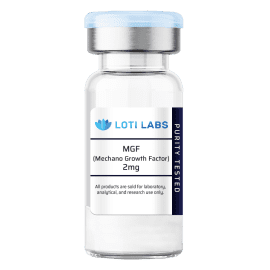 MGF (Mechano Growth Factor) 2mg
1 × $32.99
MGF (Mechano Growth Factor) 2mg
1 × $32.99
NEW
Kisspeptin-10 5mg
$49.99
You save
This product is intended as a research chemical only. This designation allows the use of this chemical strictly for in-vitro laboratory testing and experimentation. Human or veterinary use is strictly forbidden. This product is not a drug, food or cosmetic and may not be misbranded, mislabeled or misused as such.
Description


Buy Kisspeptin 10 at Loti Labs
Kisspeptin 10 is a key peptide in reproductive endocrinology research, a must have for scientists studying the hypothalamic pituitary gonadal axis. This decapeptide was originally identified as a natural ligand for the GPR54 receptor and is essential for research into reproductive disorders and neuroendocrine regulation. If you want to buy kisspeptin 10, understanding its molecular characteristics, mechanism of action and handling protocols will ensure successful results.
Molecular Structure of Kisspeptin 10
The peptide sequence of kisspeptin 10 follows a specific amino acid arrangement that defines its biological activity. Technical data provided with each batch includes molecular specifications for laboratory research use.
Amino Sequence: Tyr-Asn-Trp-Asn-Ser-Phe-Gly-Leu-Arg-Tyr-NH2
Molecular formula: C63H83N17O15
Molecular Weight: 1318.45 g/mol
Pubchem CID: 16132415
CAS #: 478507-53-8
The peptide sequence has a highly conserved C-terminal motif, the sequence tyr asn trp followed by asn ser phe gly, then leu arg phe nh2. The ser phe gly leu and phe gly leu arg segments are the key to its high binding affinity. Research shows that the trp asn ser phe region is involved in receptor recognition and the terminal residues are responsible for biological activity.
Mechanism of Action
Kisspeptin 10 is an endogenous ligand for the GPR54 receptor (KISS1R) with high binding affinity. Research shows it stimulates gonadotropin secretion and activates the hypothalamic pituitary gonadal axis through calcium mobilization and ERK1/2 phosphorylation in target cells.
The mechanism involves direct interaction with the kisspeptin receptor, triggering intracellular signaling cascades that ultimately lead to gonadotropin releasing hormone release from hypothalamic neurons. Studies have shown this activation leads to luteinizing hormone secretion and regulation of the menstrual cycle in animal models. The gpr54 receptor signaling pathway is important for reproductive regulation, research has shown effects on puberty onset and fertility control mechanisms.In vitro studies show kisspeptin 10 binds to the rodent kisspeptin receptor and has biological activity in experimental systems. Efficacy has been demonstrated across multiple species with conserved function in mammalian models.
Research
Studies show Kisspeptin 10’s role in reproductive biology through the hypothalamic pituitary gonadal axis. Research has shown inhibitory effects on metastasis and invasion in melanoma models, building on its original identification as a metastasis suppressor. Binding assays using CHO-KISS1R membrane preparations show Ki values of 1.59 nM (rat) and 2.33 nM (human), agonist activity 0.24 nM.
Lab research has shown kp 10 is one of the natural ligands for the GPR54 receptor system. Experimental analysis using various models has shown significant activation of target pathways upon application. Research into hypogonadotropic hypogonadism has provided insight into the compound’s mechanism of action.
Cancer res research has explored the metastasis suppressor properties of the parent KISS1 gene. These experiments show the peptide may be acting beyond reproductive regulation, suggesting broader applications in research into cellular behavior and invasion patterns.
Selected citations from published research highlight the compound’s ability to activate specific pathways. Studies in mouse models have shown measurable LH levels upon administration, useful for researchers in reproductive endocrinology.
Storage and Safety
Kisspeptin 10 should be stored at -20°C for optimal stability and biological activity. Reconstitution requires sterile technique and calculation for target concentration up to 2 mg/ml in water. SDS are provided with each order for handling protocols.
When preparing stock solutions, researchers should calculate the volume and concentration based on experimental requirements. The reconstitution calculator provided with technical data allows you to calculate the mass needed for stock solution preparation. Enter the desired concentration and volume to get the exact amount of peptide required.
Products in the lab freezer should be stored according to vial label instructions to maintain stability. Batch specific data refer to storage conditions that will preserve the peptide throughout the experimental period. Researchers should store the compound under controlled conditions for consistent results across experiments.Proper handling protocols minimize degradation and keep the compound active throughout the experimental process. Laboratory research use requires adherence to established safety guidelines, including personal protective equipment and controlled environment protocols.
Why Buy from Loti Labs
Loti Labs offers the highest purity Kisspeptin 10 (≥95%) for research. Each product includes batch specific data, batch specific molecular weight verification and multiple calculation tools for laboratory research use. Our technical support ensures successful implementation in your research protocols.
The technical data provided with each batch includes full analysis results to verify product quality and consistency. Researchers get specific data on purity, molecular weight confirmation and other critical parameters for experimental planning. Batch specific molecular weight ensures accurate calculation for stock solution preparation.
Quality control includes rigorous testing to verify each batch meets research grade specifications. The purity of ≥95% gives researchers confidence for experiments requiring high quality reagents. Technical data sheets are included with each order with handling, storage and preparation protocols.
Customer support includes access to scientific advisors to help with experimental design and protocol optimization. This technical support helps researchers get the most out of their kisspeptin 10 by ensuring proper implementation in the lab.
Loti Labs Products are for Research Use Only
All products sold by Loti Labs are research chemical only. This designation allows use of this compound for in-vitro laboratory testing and experimentation only. Human or veterinary use is strictly forbidden. This product is not a substance for therapeutic application and may not be misbranded, mislabeled or misused as such.
Laboratory research includes studies of receptor binding, cellular signaling pathways and reproductive endocrinology mechanisms. Research use includes in vitro experiments to investigate biological pathways and molecular interactions under controlled laboratory conditions.
Intended use is for scientific research and experimental protocols by qualified researchers in a laboratory setting. The compound is a research tool to investigate kisspeptin signaling pathways and related biological mechanisms.
Loti Labs Shipping
Loti Labs ships same day for orders placed before 1pm EST Monday through Friday. Orders placed after 1pm EST or on weekends will ship the next business day.
Packaging follows temperature requirements during transit to ensure product integrity upon arrival. Shipping protocols follow established guidelines for temperature sensitive research compounds to keep the peptide stable during delivery.Express shipping options for urgent research deadlines so labs can keep to their experimental schedule. Tracking information will be provided so you can prepare for the compound to arrive and store.
Money Back Guarantee
Loti Labs offers a 30 day money back guarantee on all products purchased from us. Just return any unopened products to us for a full refund of the purchase price of the unused products.
This guarantee shows we have confidence in our products and for researchers who may have unexpected experimental changes or requirements. The return policy accommodates the dynamic nature of research projects and minimizes financial risk for lab budgets.
Quality control includes comprehensive testing protocols before shipping. This proactive approach reduces the chance of product issues and gives you peace of mind when investing in high quality reagents.
Third Party Tested Every Batch
Every product sold by Loti Labs is third party tested using HPLC to ensure product purity and accuracy. Certificate of Analysis is included with each order, verifying the ≥95% purity standard for research grade Kisspeptin 10.
Independent testing eliminates bias and provides objective verification of product quality. HPLC analysis confirms peptide identity and purity levels so you get compounds that meet lab standards.
Analysis results include detailed methodology and results, so you can see all the quality data. Third party verification supports regulatory compliance and research integrity requirements in academic and commercial labs.
Certificate of Analysis includes batch specific information so you can keep detailed records of reagent specifications. This supports experimental reproducibility and regulatory compliance requirements in research environments.
References
- Roseweir, A. K., et al. “Potent neuropeptide stimulators of the hypothalamo-pituitary-gonadal axis: Kisspeptins and their analogs.” Journal of Biological Chemistry, 2001; 276(37): 34631-34636. https://doi.org/10.1074/jbc.M104847200
- Dhillo, W. S., et al. “Kisspeptin-10 stimulates gonadotropin secretion via activation of the hypothalamic-pituitary-gonadal axis.” Endocrinology, 2005. https://pubmed.ncbi.nlm.nih.gov/16223701/
- Murphy, K. G., et al. “Rational modification of kisspeptin-10: identification of analogs with enhanced bioactivity.” Journal of Clinical Endocrinology & Metabolism, 2010. https://doi.org/10.1210/jc.2009-1878
- Lee, J. H., et al. “Kisspeptin and its receptor GPR54: key regulators of puberty and reproductive function.” Trends in Endocrinology & Metabolism, 2009. https://doi.org/10.1016/j.tem.2009.03.002
- Kotani, M., et al. “The metastasis suppressor gene KiSS-1 encodes kisspeptins, natural ligands of the orphan G protein-coupled receptor GPR54.” Journal of Biological Chemistry, 2001. https://doi.org/10.1074/jbc.M104847200
- Ramaswamy, S., et al. “Kisspeptin signaling in the control of the hypothalamic-pituitary-gonadal axis.” Reproduction, 2010. https://doi.org/10.1530/REP-10-0287
- Seminara, S. B., et al. “The GPR54 gene as a regulator of puberty.” New England Journal of Medicine, 2003. https://doi.org/10.1056/NEJMoa035322
- Mikkelsen, J. D., et al. “Species differences in kisspeptin-10 stimulation of gonadotropin secretion.” Endocrinology, 2009. https://doi.org/10.1210/en.2008-1211
- Loti Labs. “Kisspeptin 10 Technical Data Sheet.” 2024. https://www.lotilabs.com/kisspeptin-10-technical-data-sheet
- National Center for Biotechnology Information. “PubChem Compound Summary for CID 16132415.” 2024. https://pubchem.ncbi.nlm.nih.gov/compound/16132415
If you are looking to buy kisspeptin 10 for your research, Loti Labs has the quality, documentation and support to get you the results you need. We are committed to research excellence so you get reliable reagents to advance your understanding of reproductive biology and neuroendocrinology.
Additional information
| Weight | .03125 lbs |
|---|
